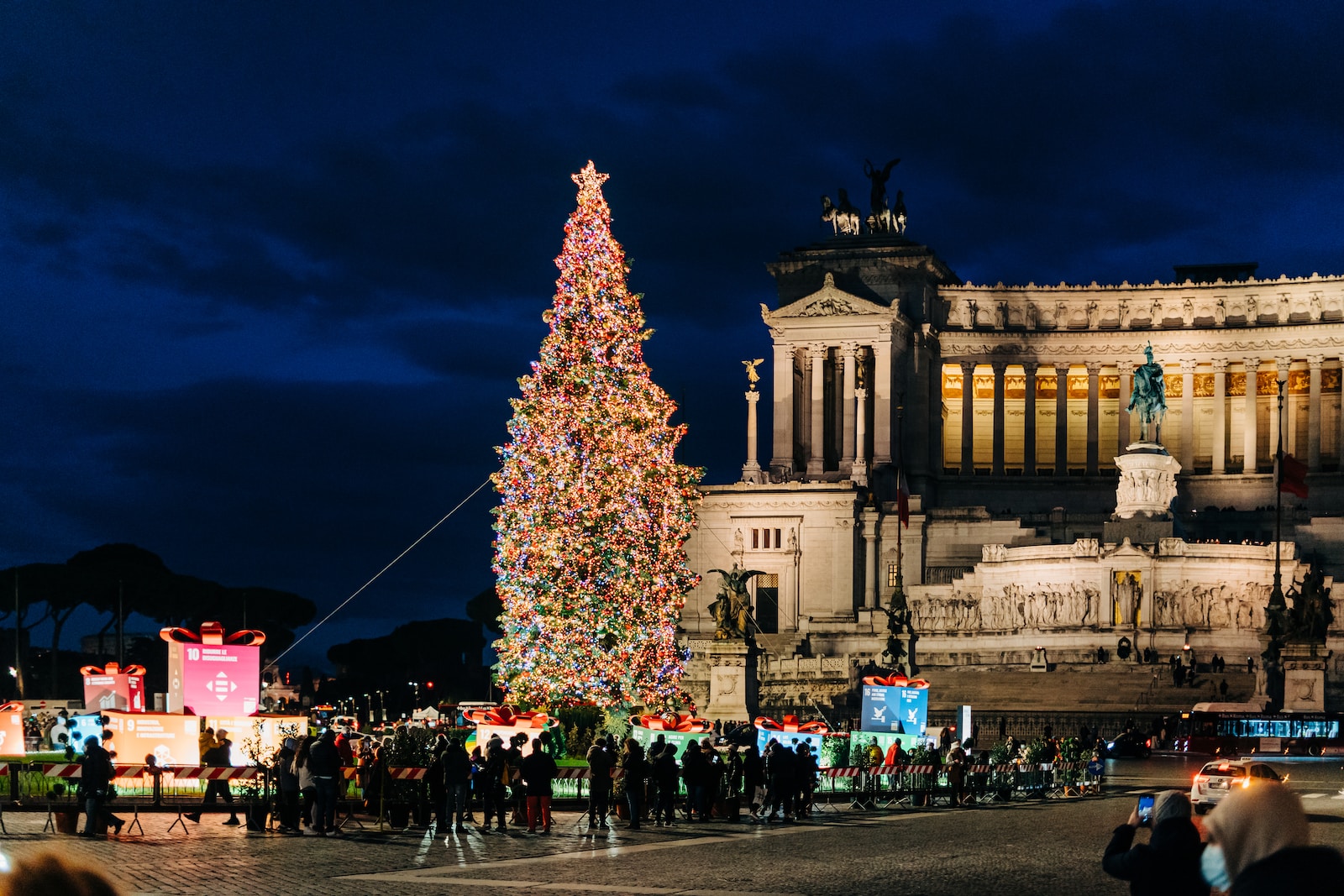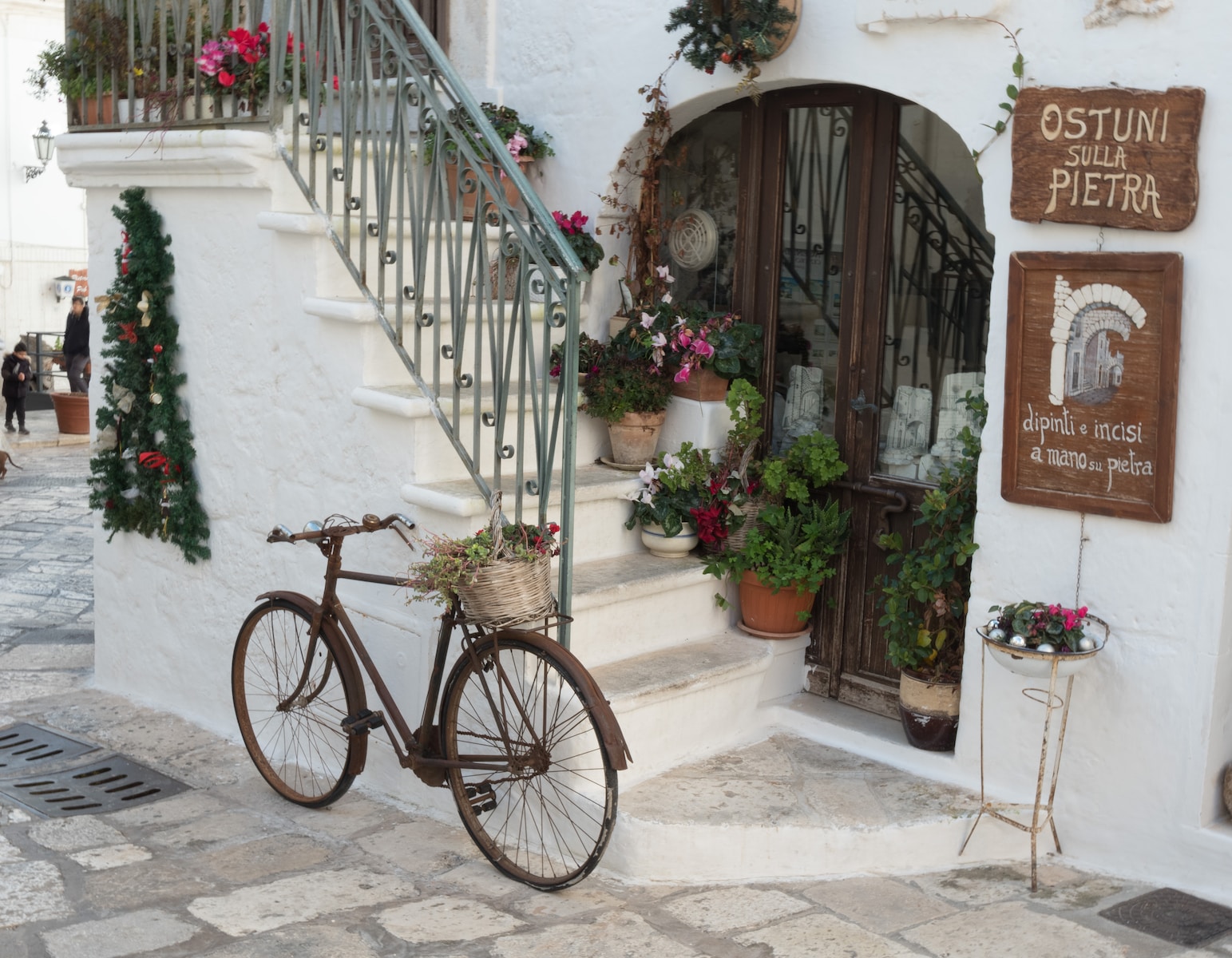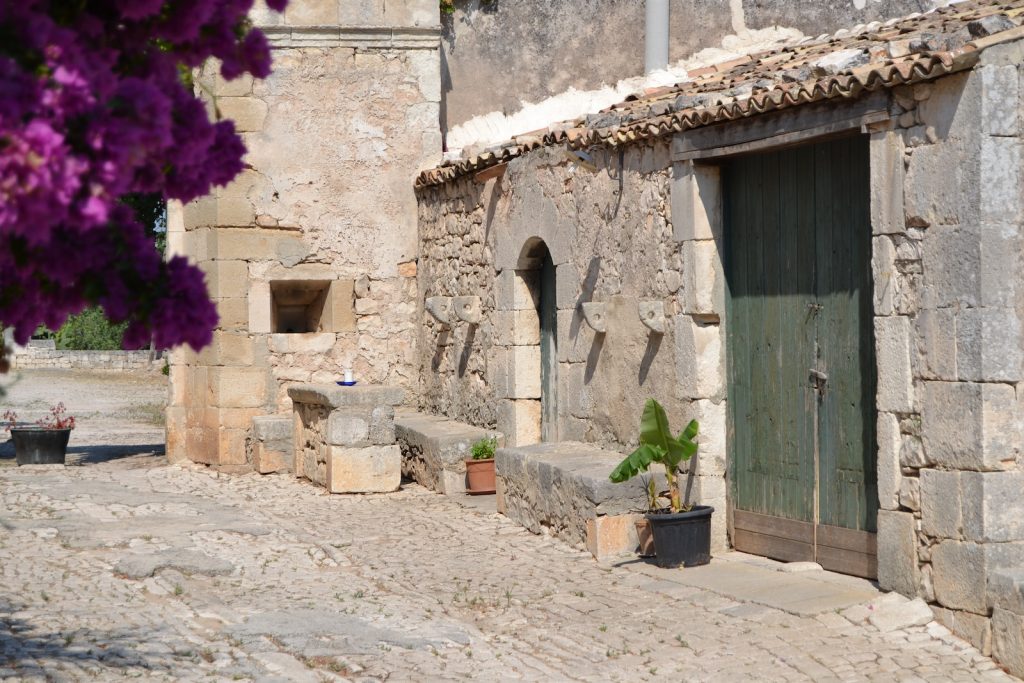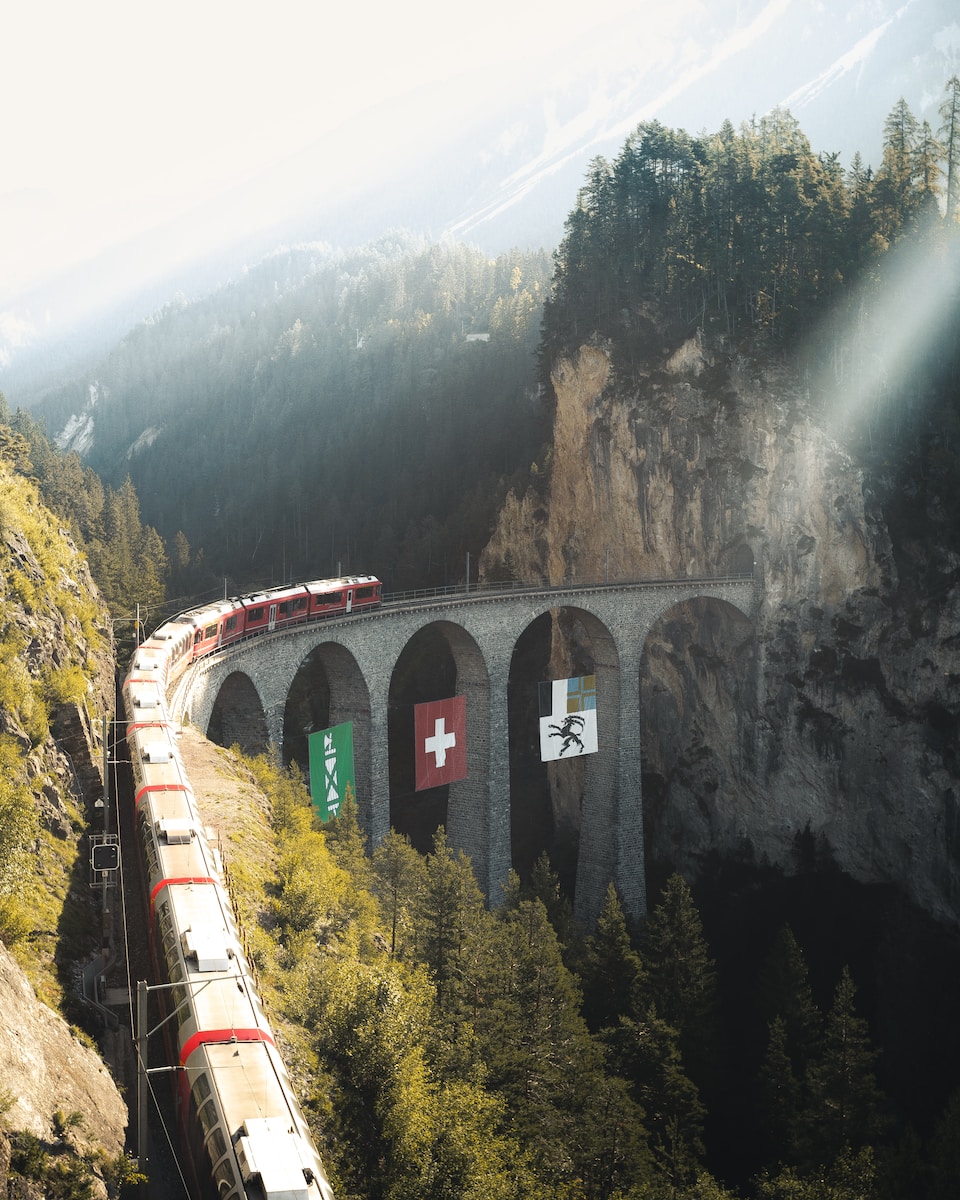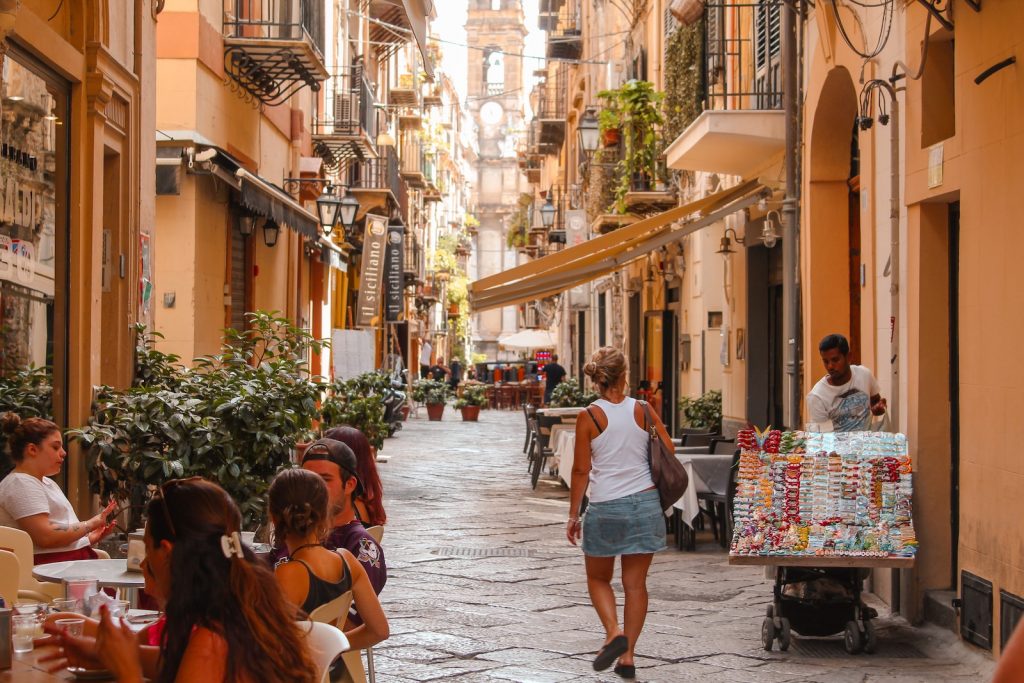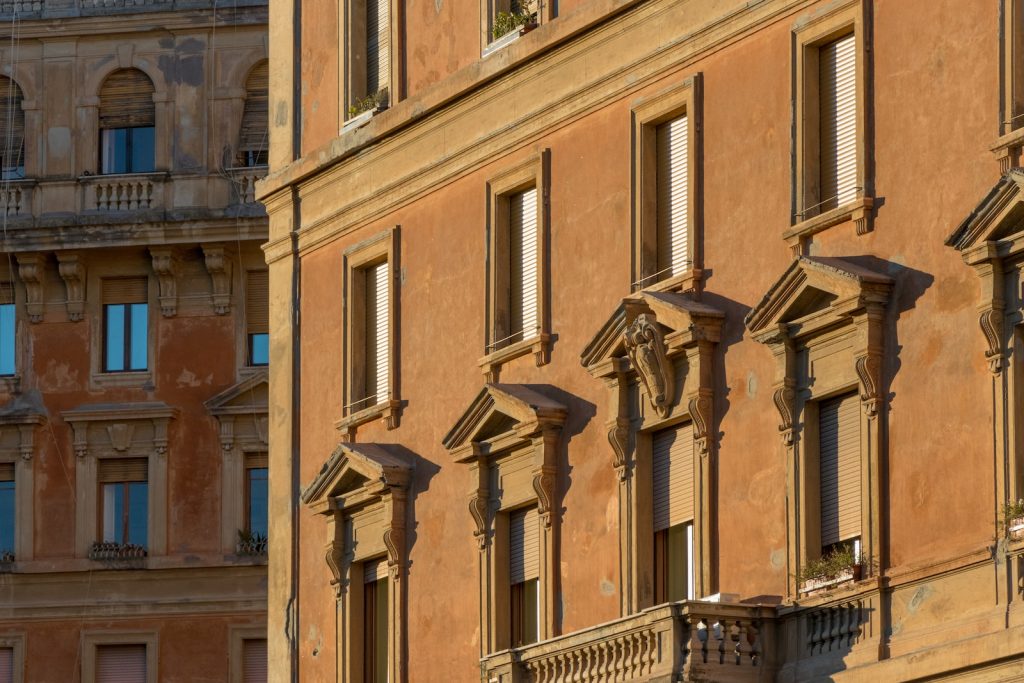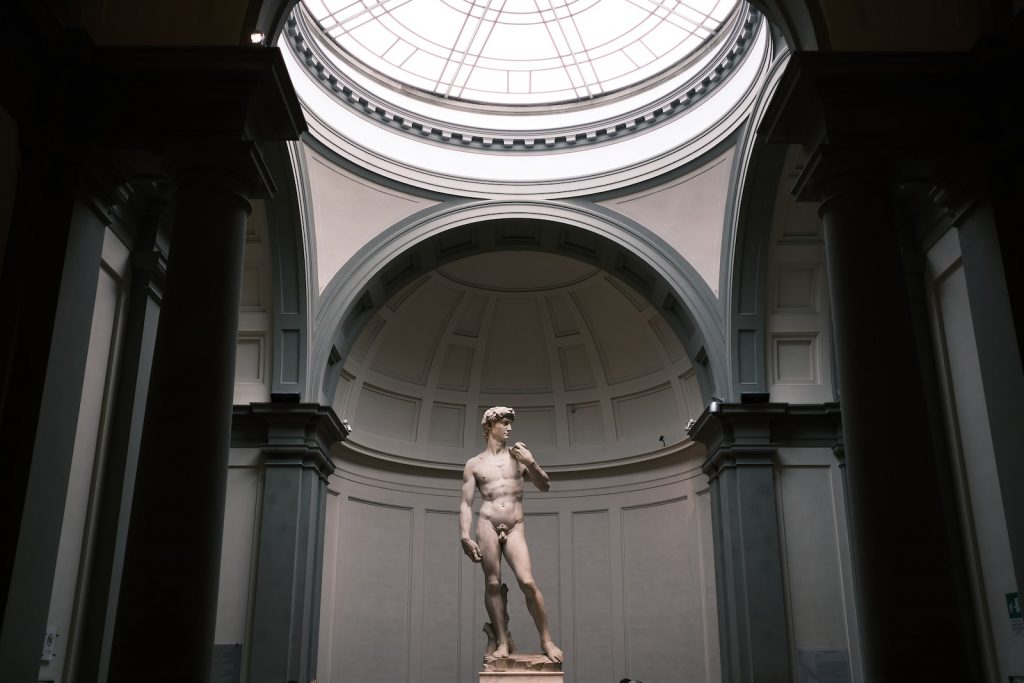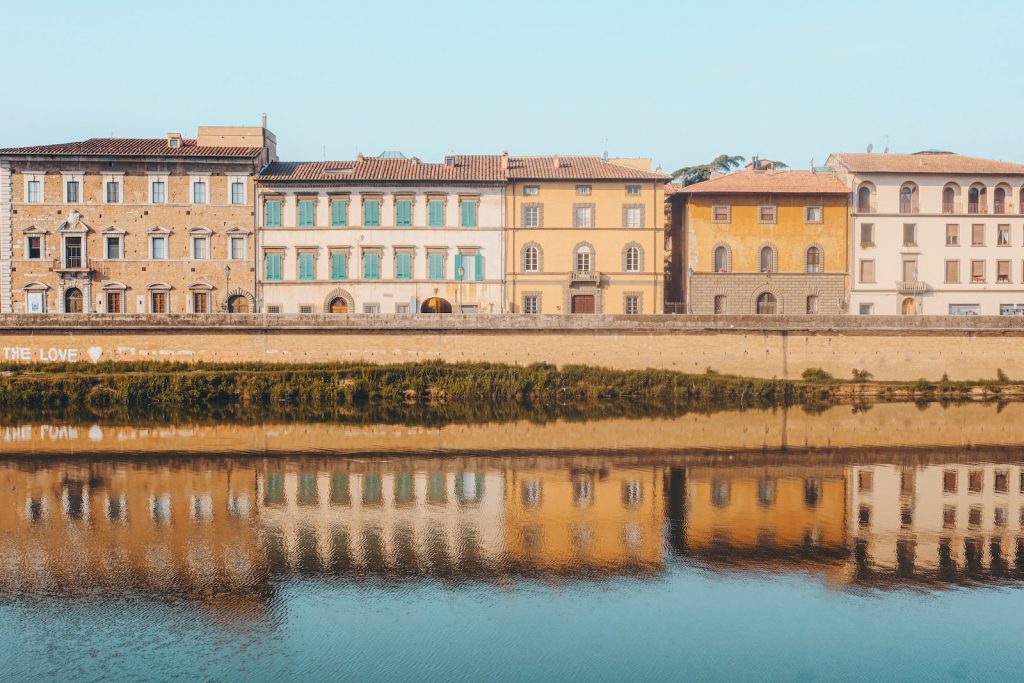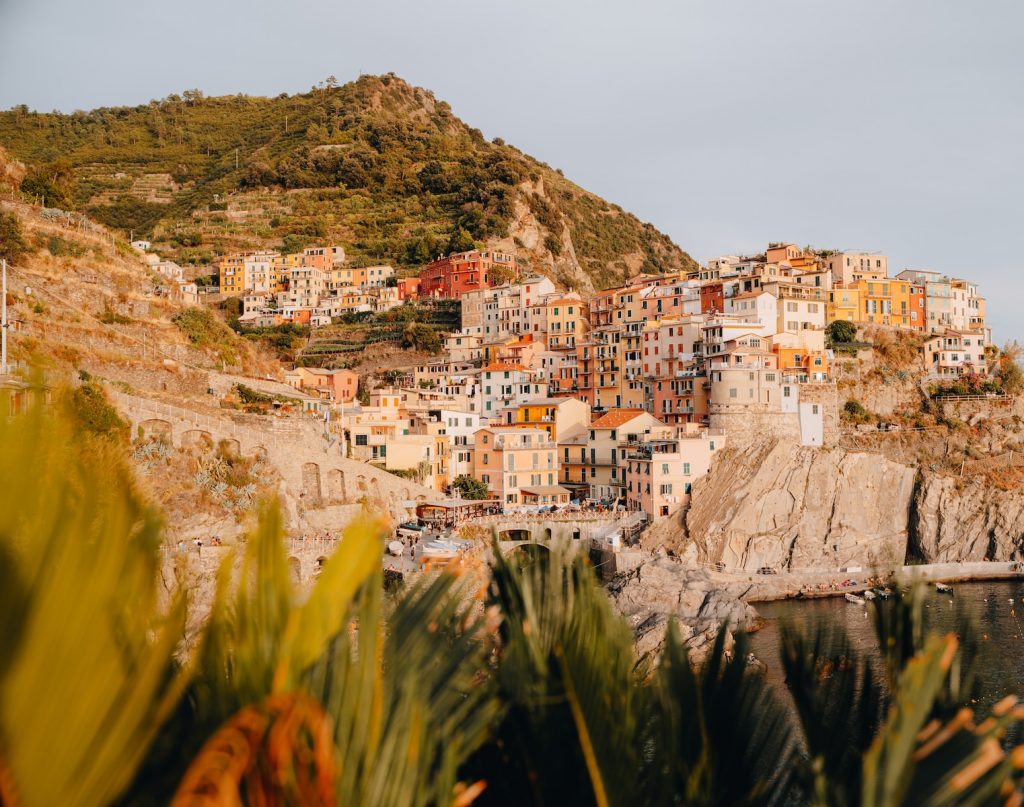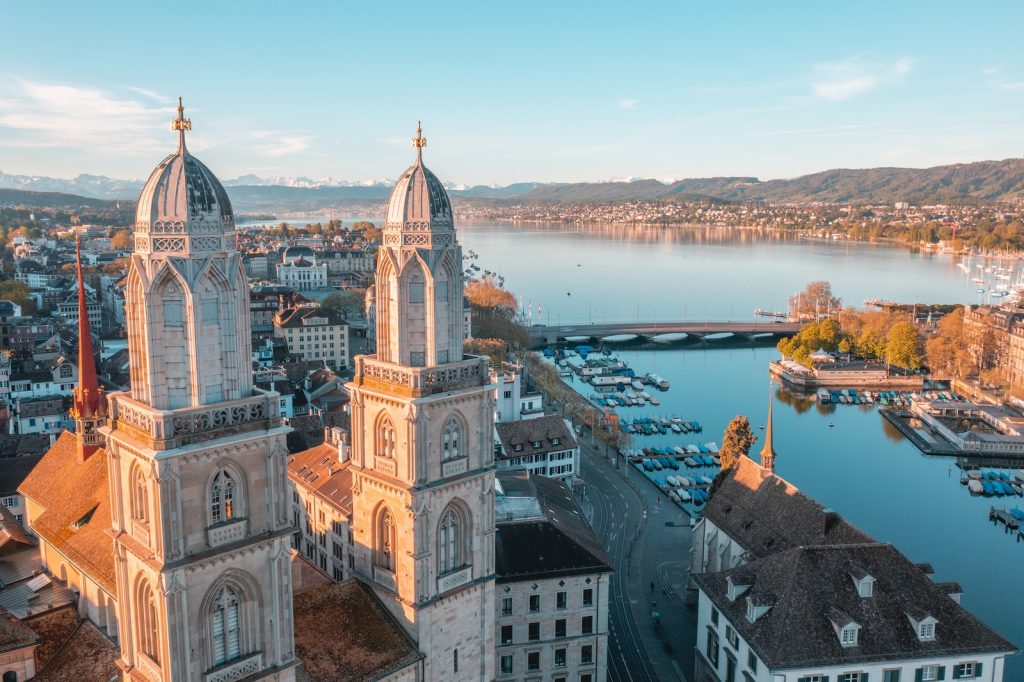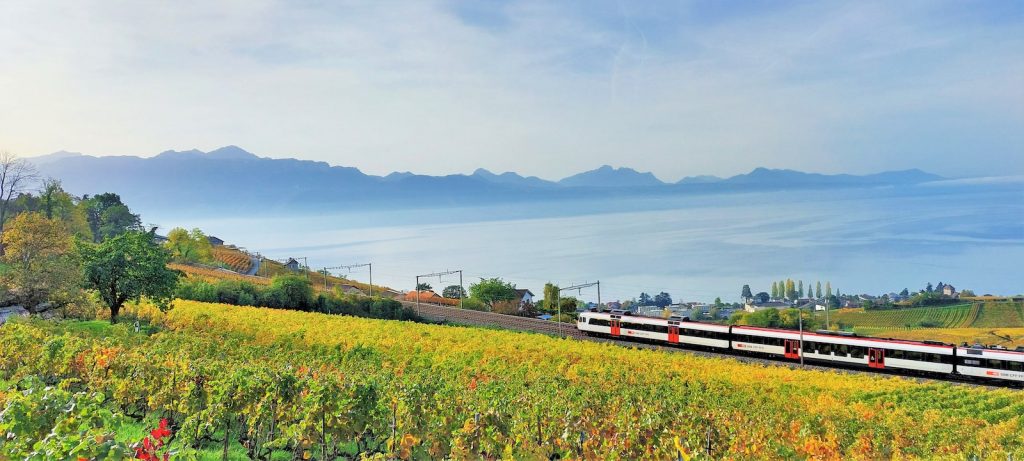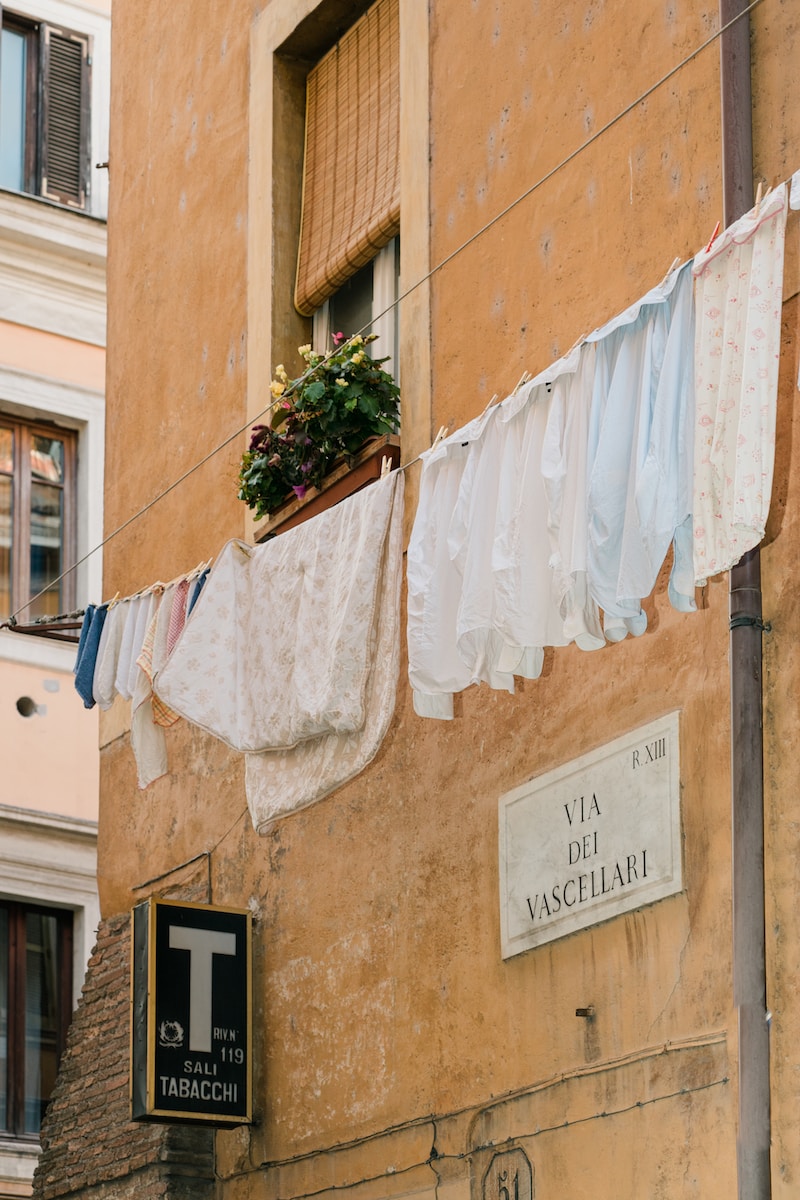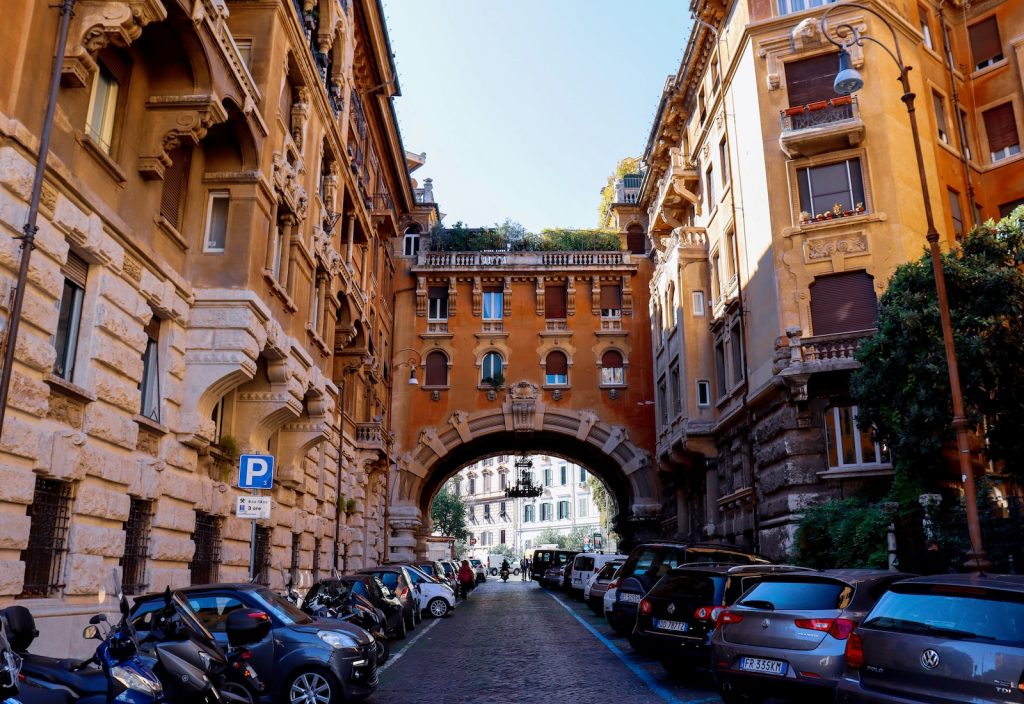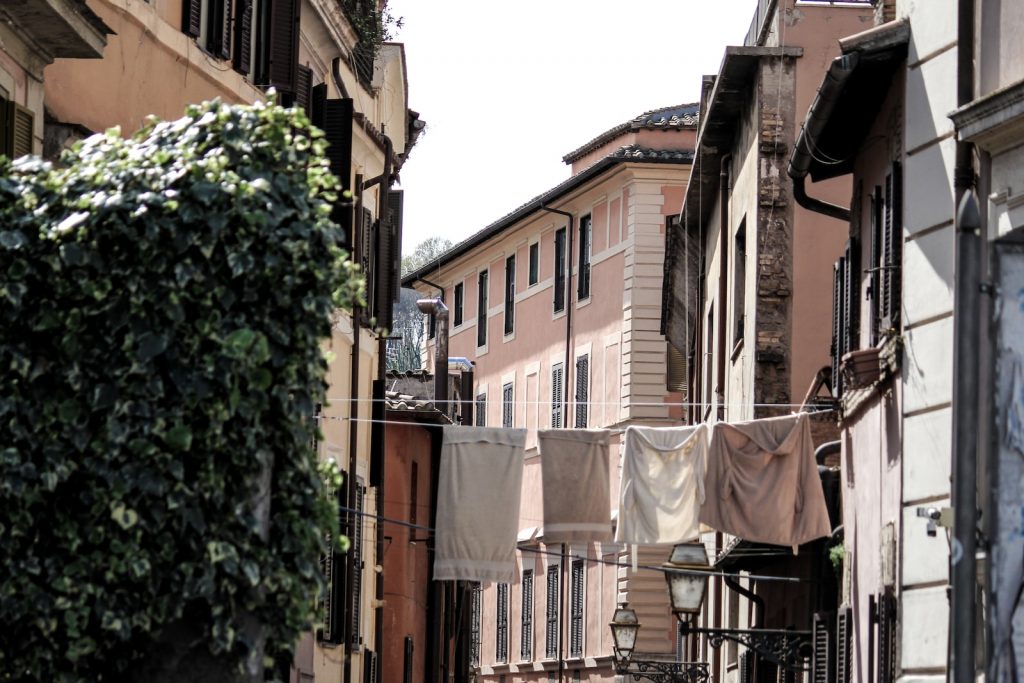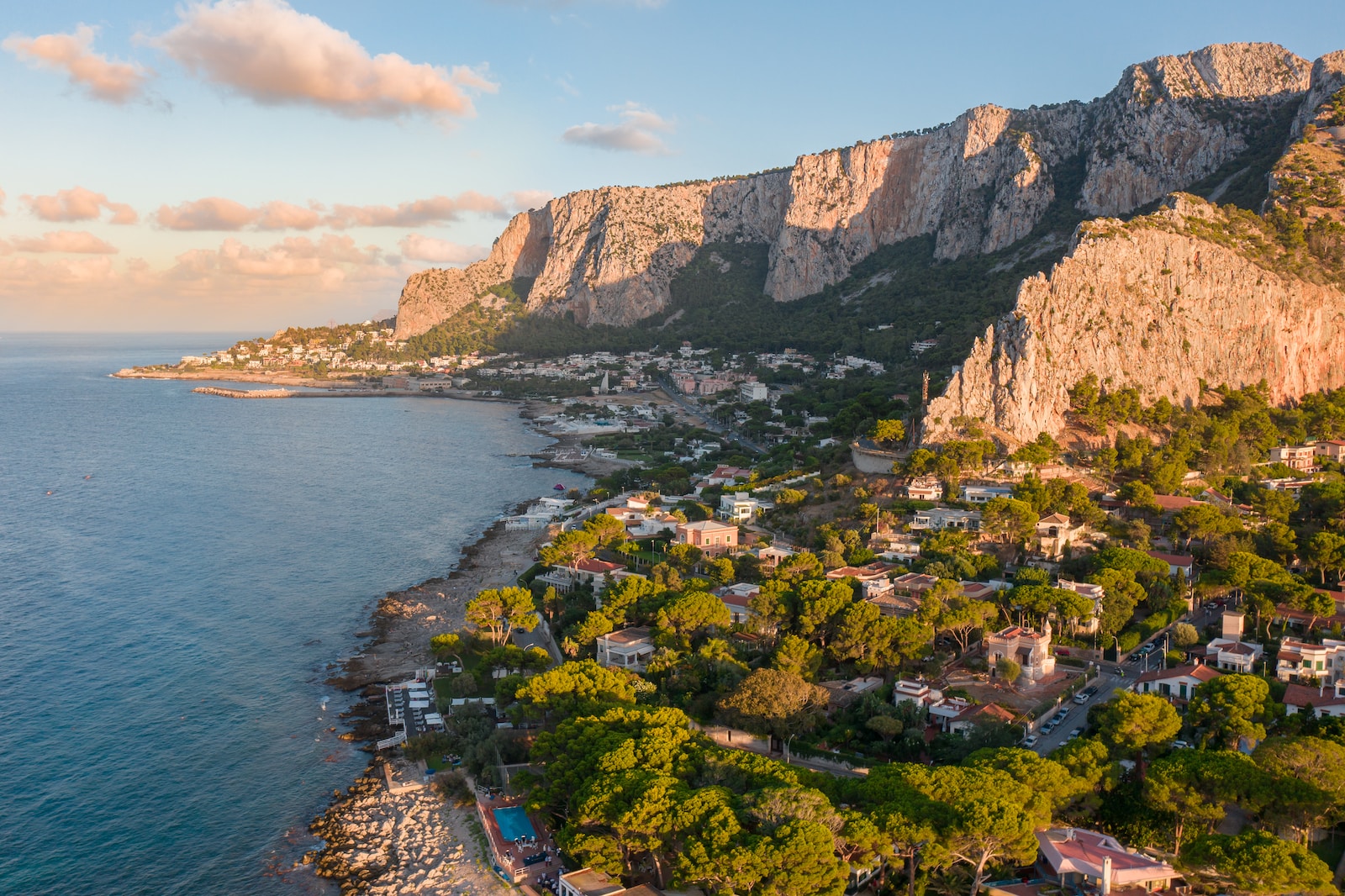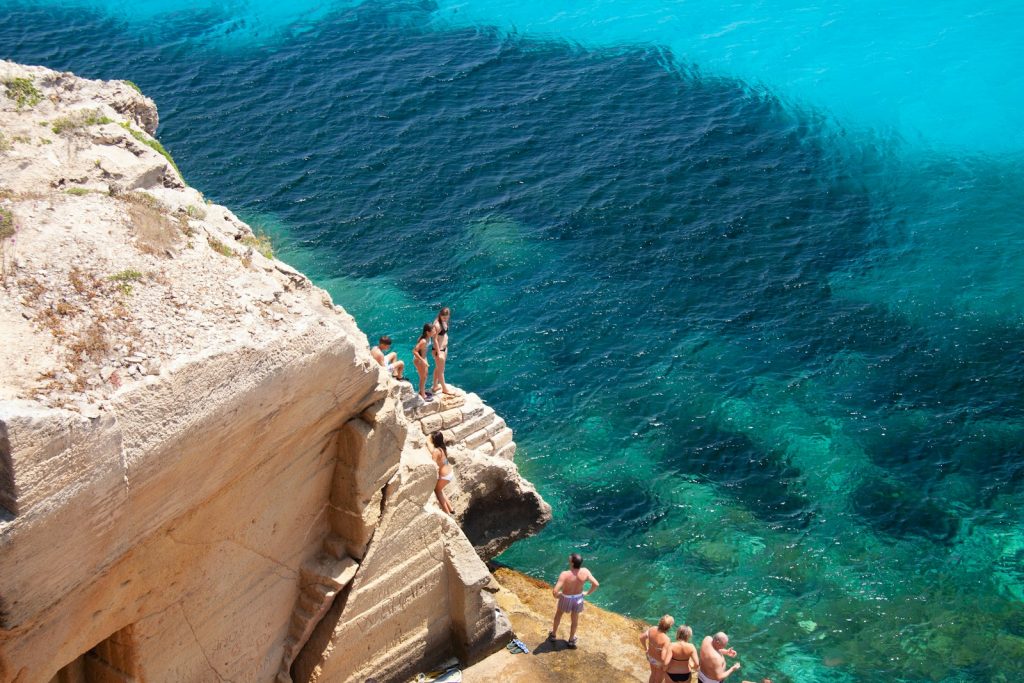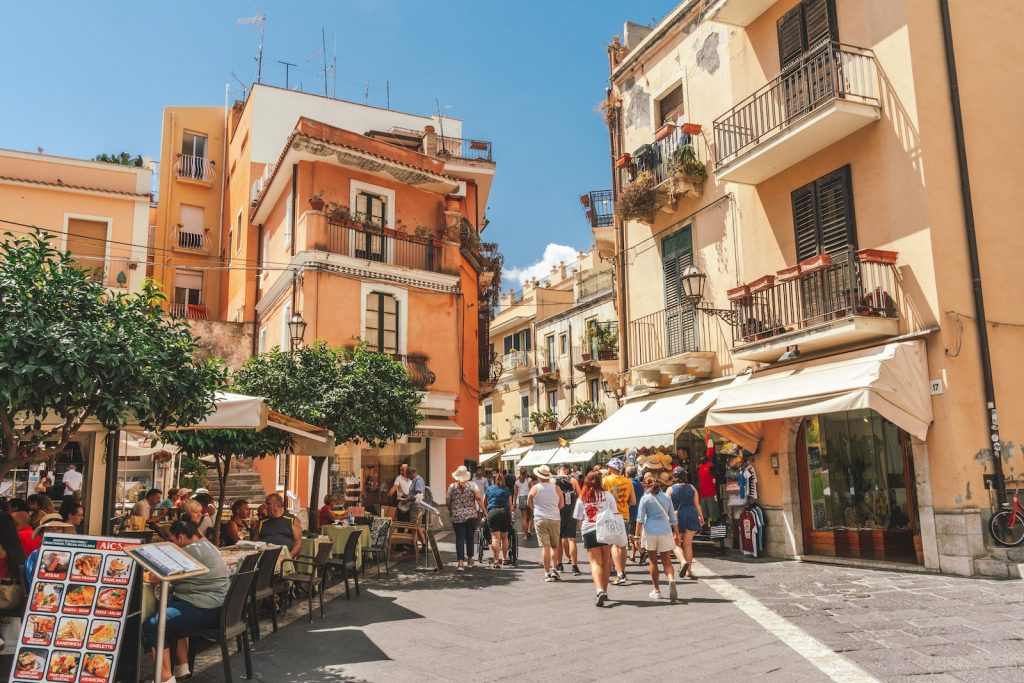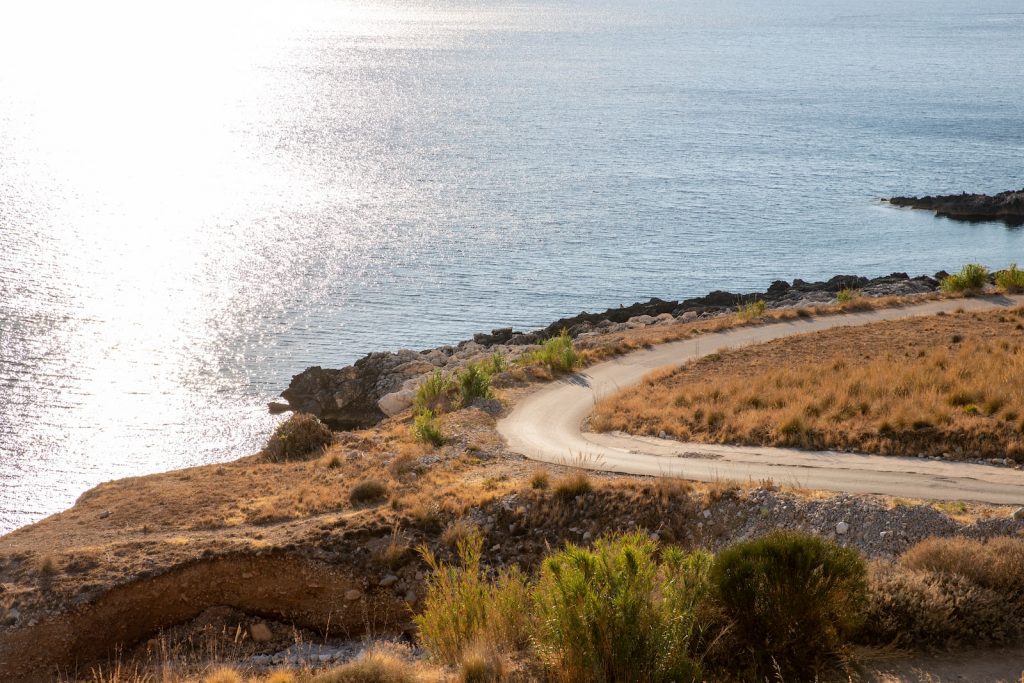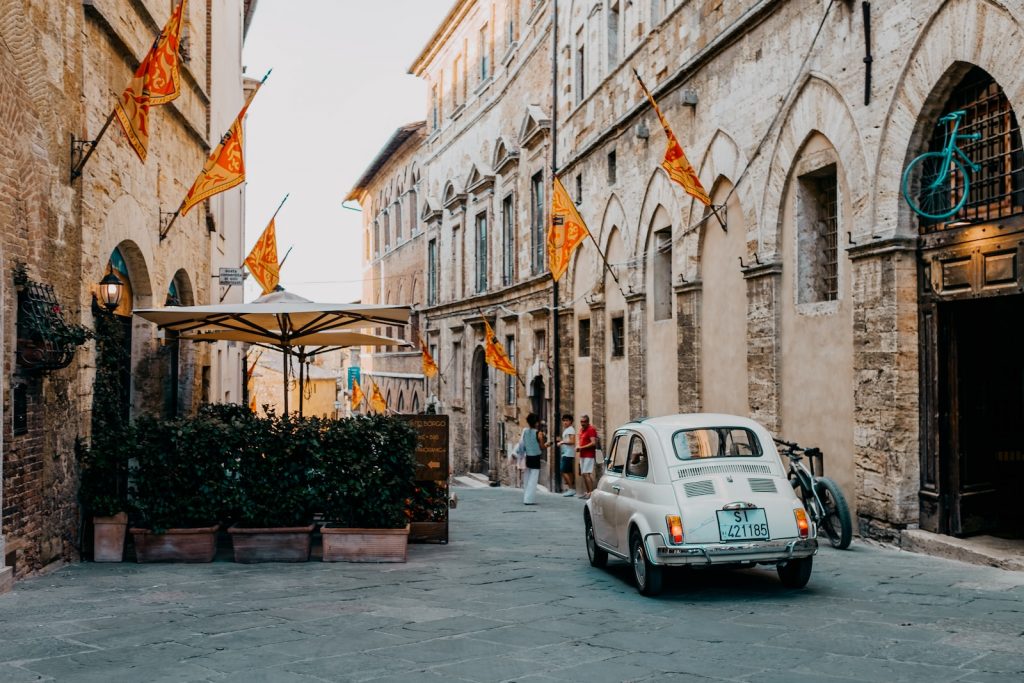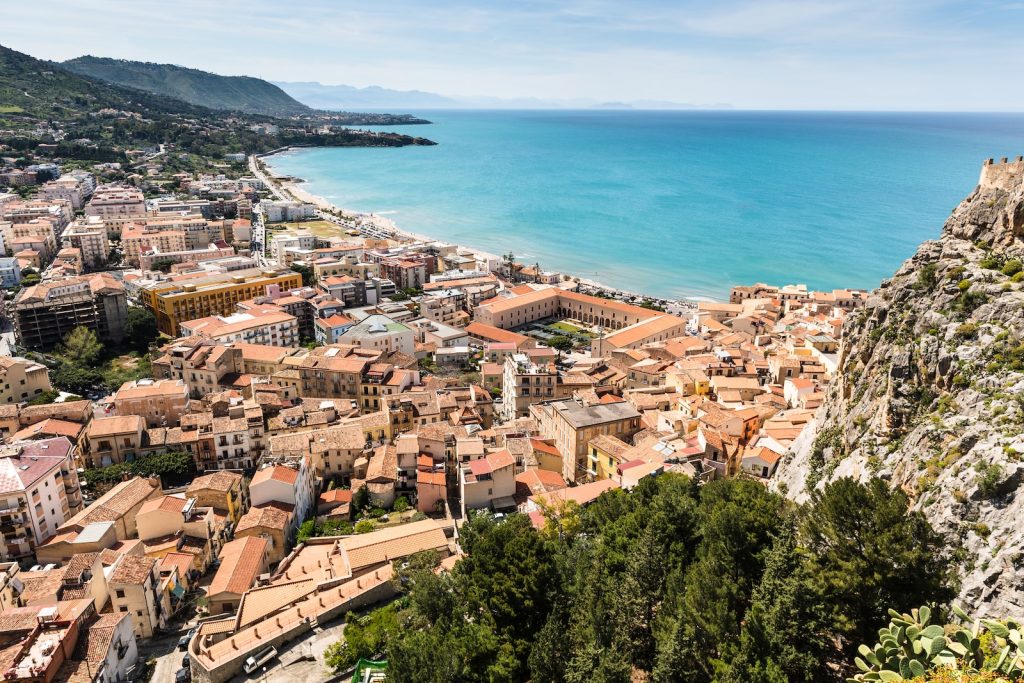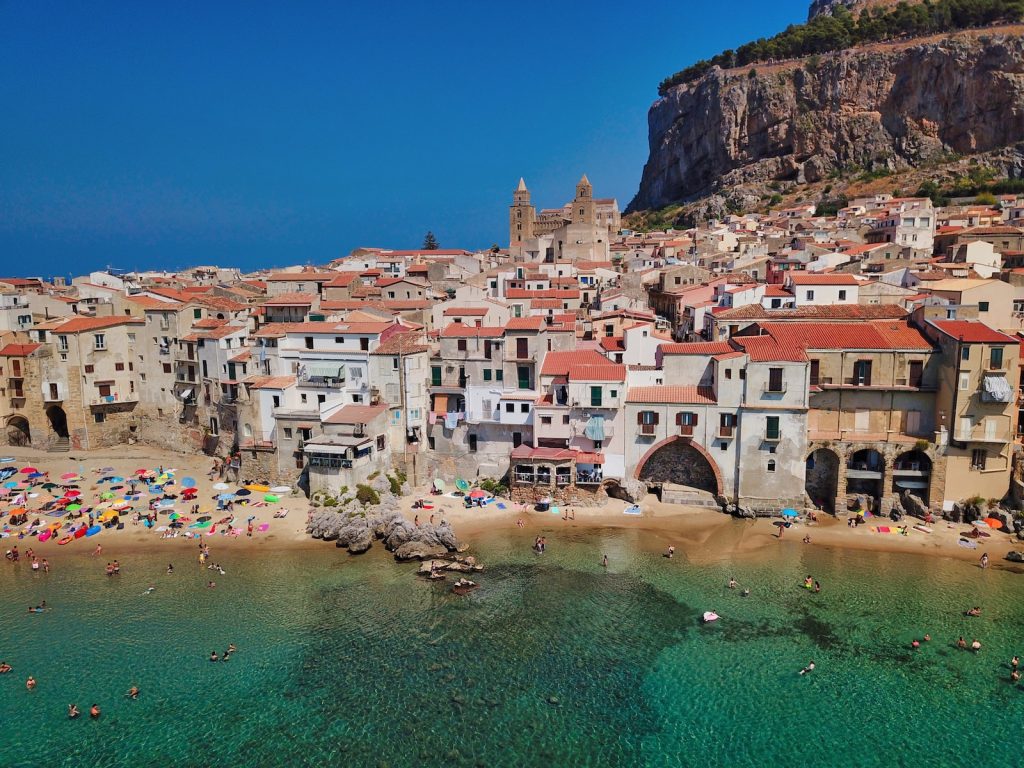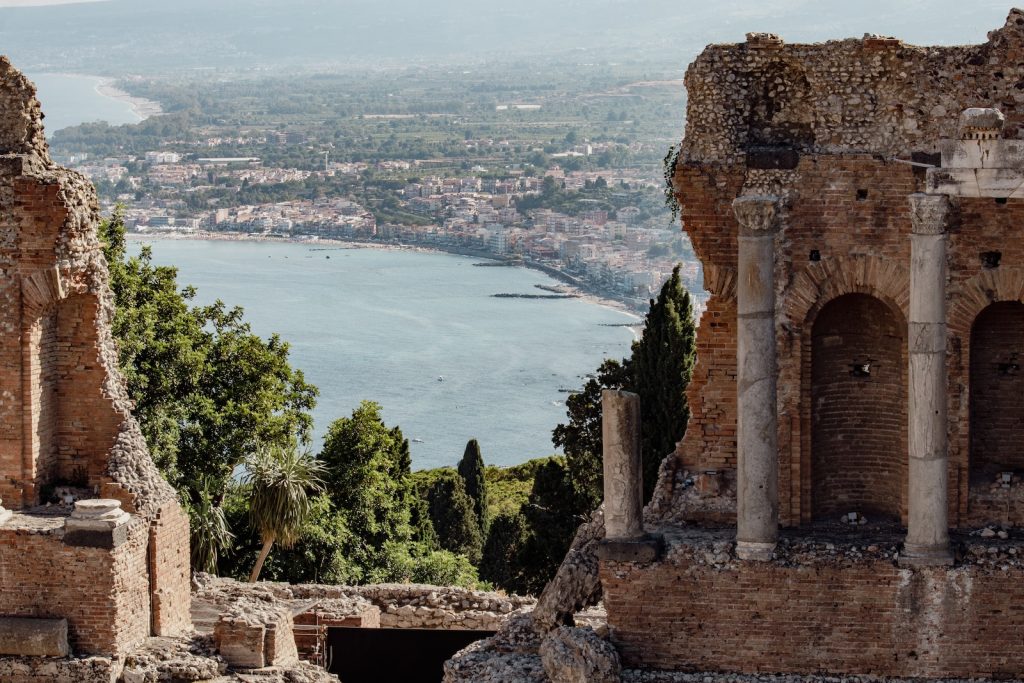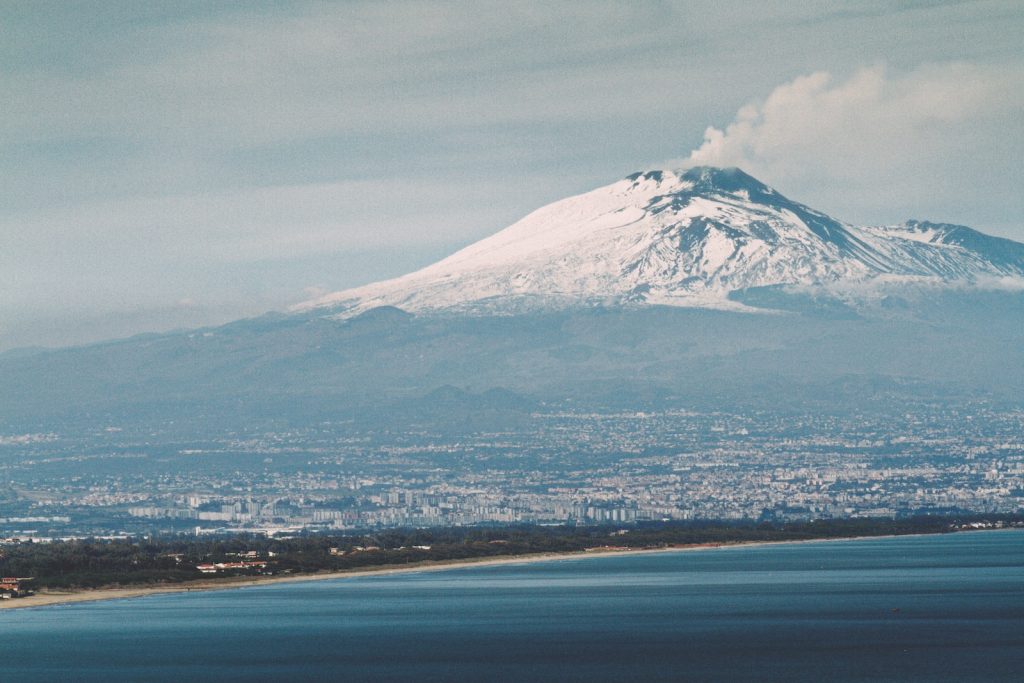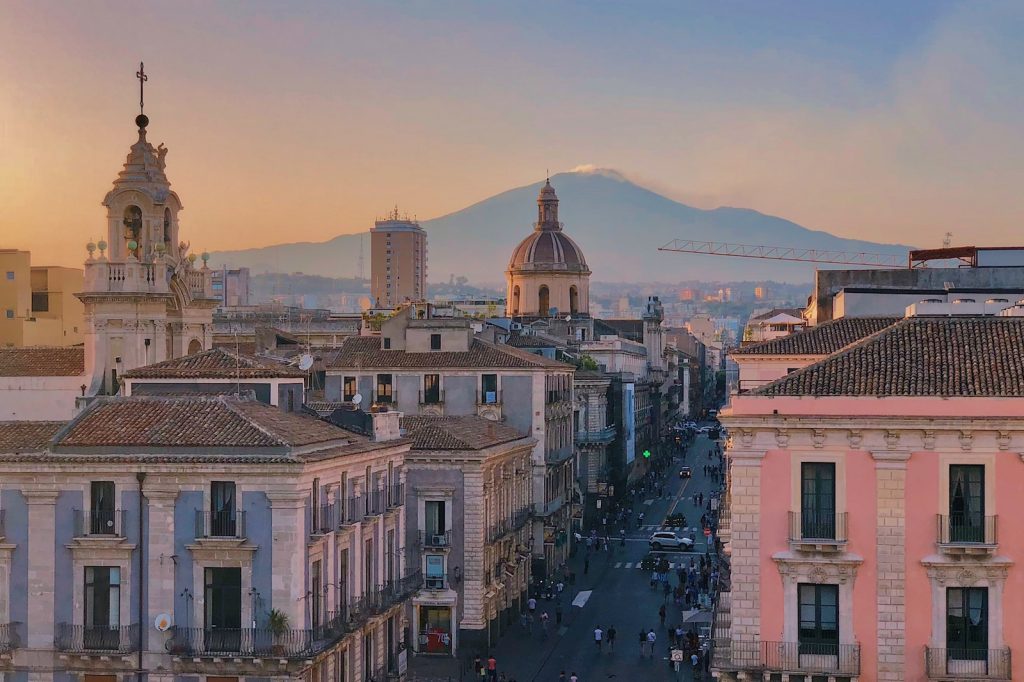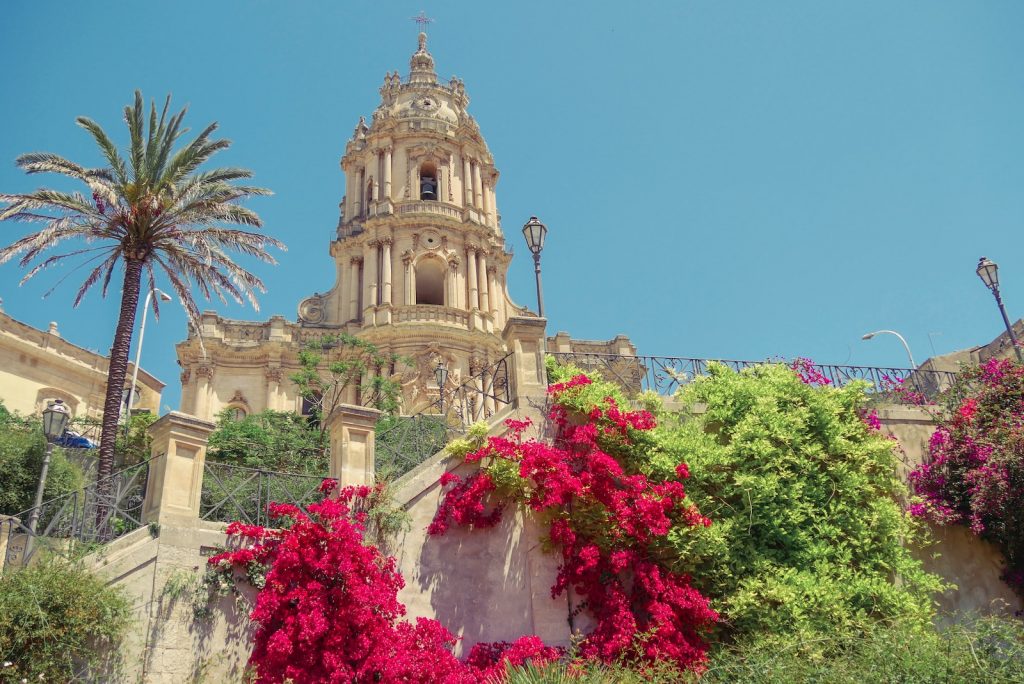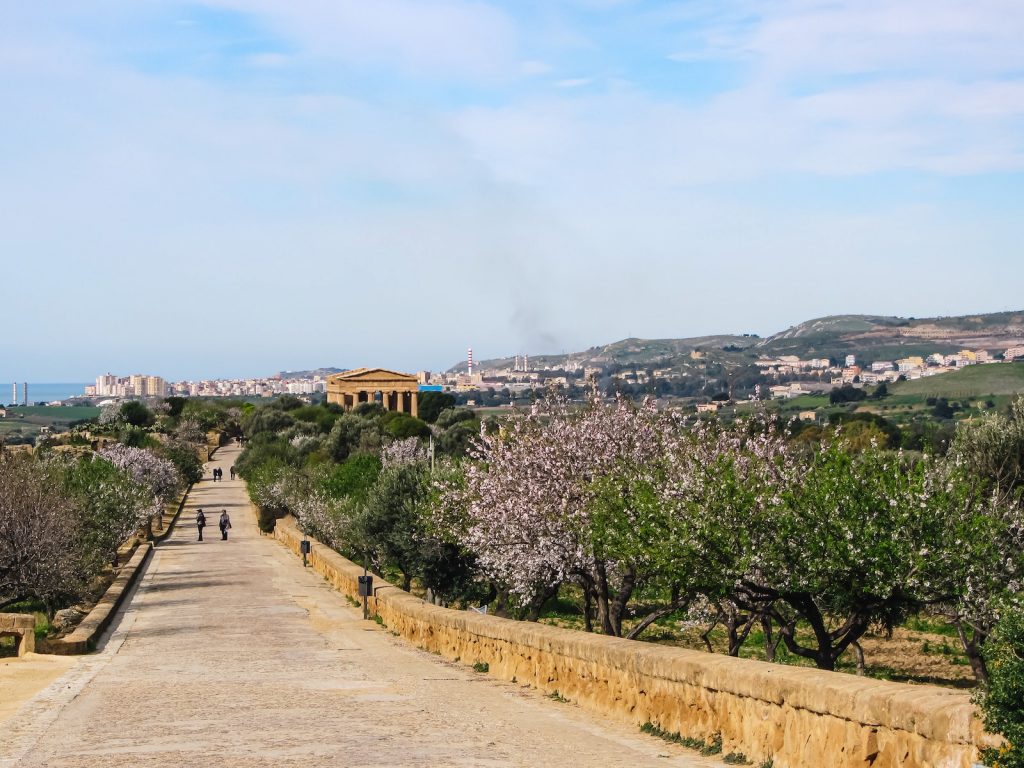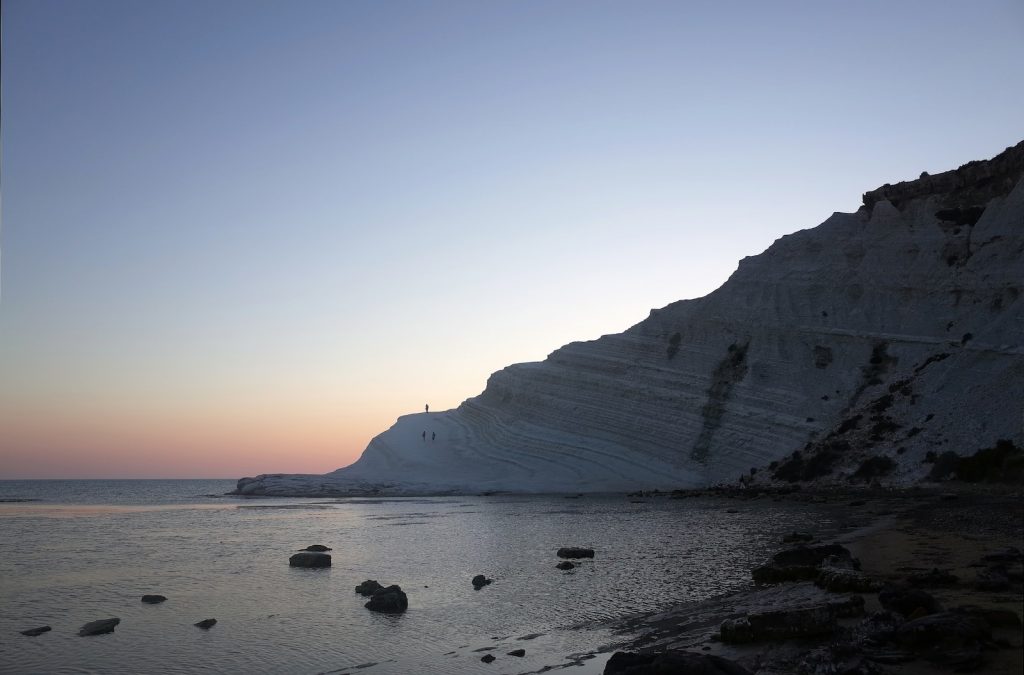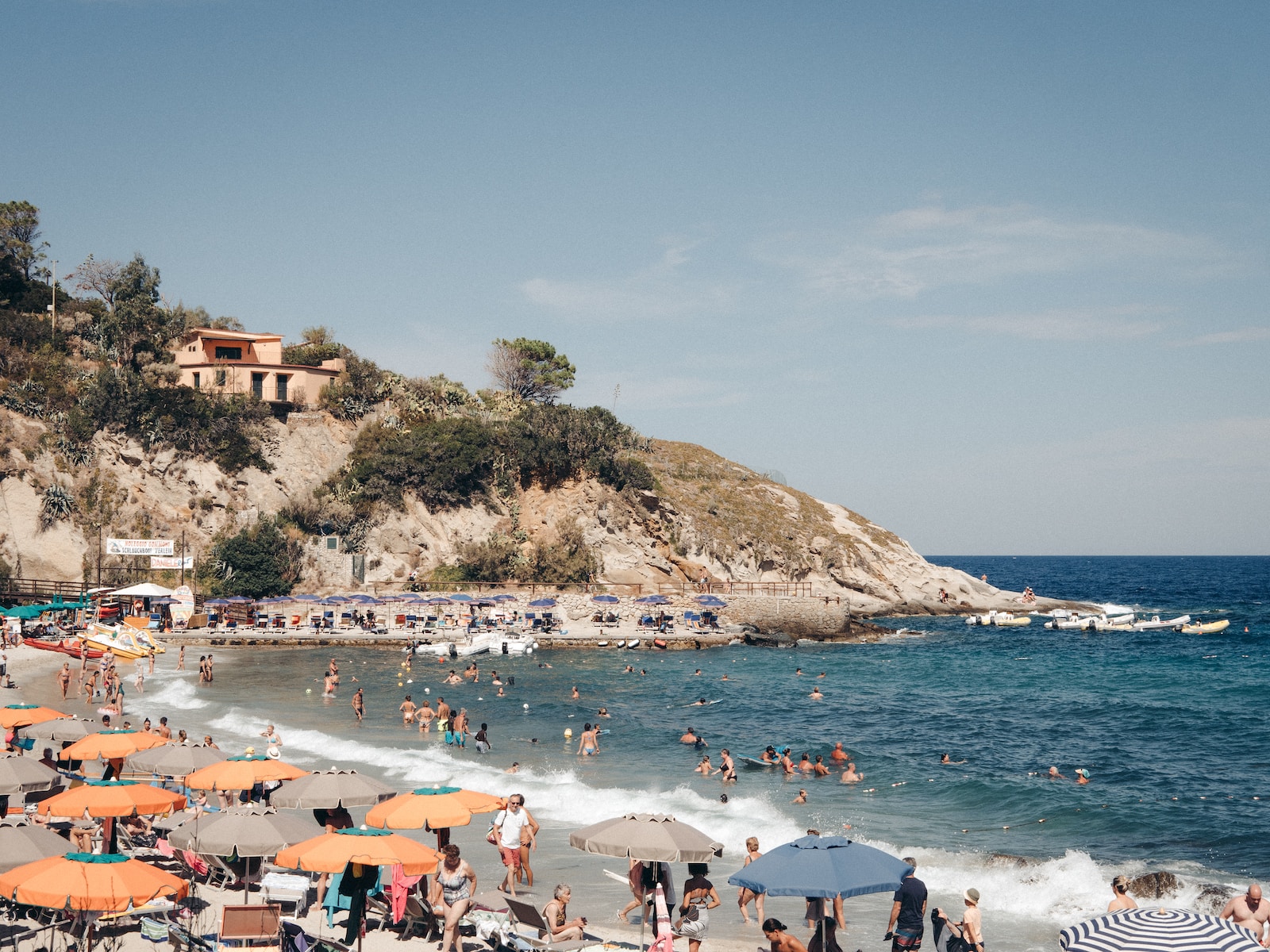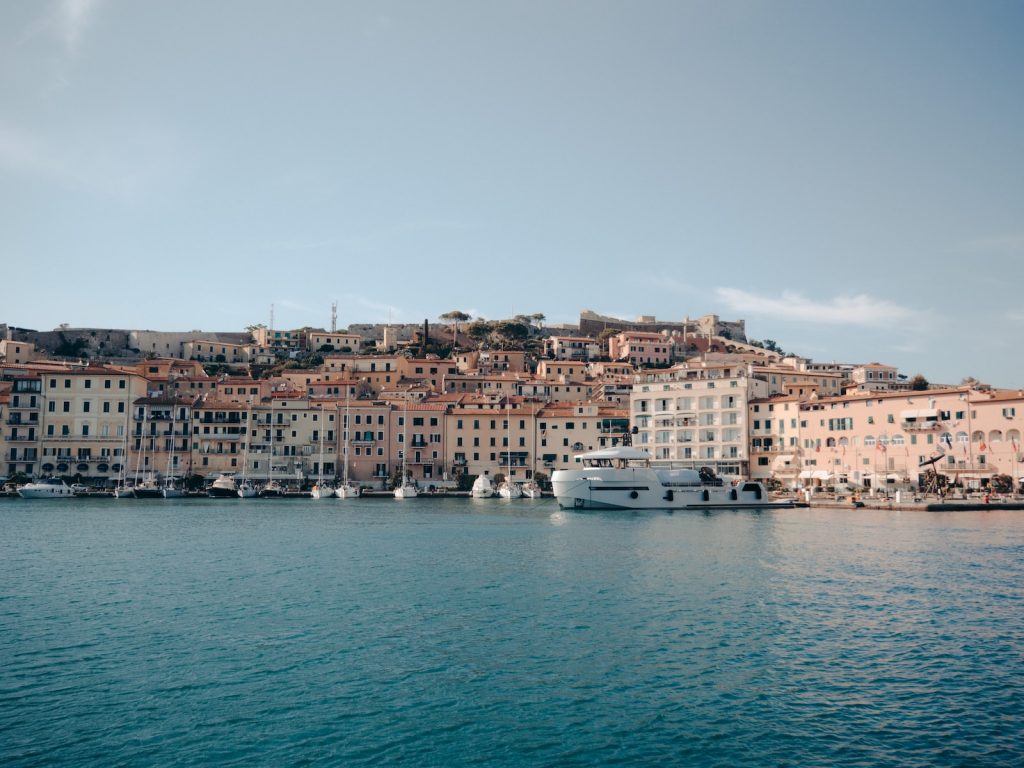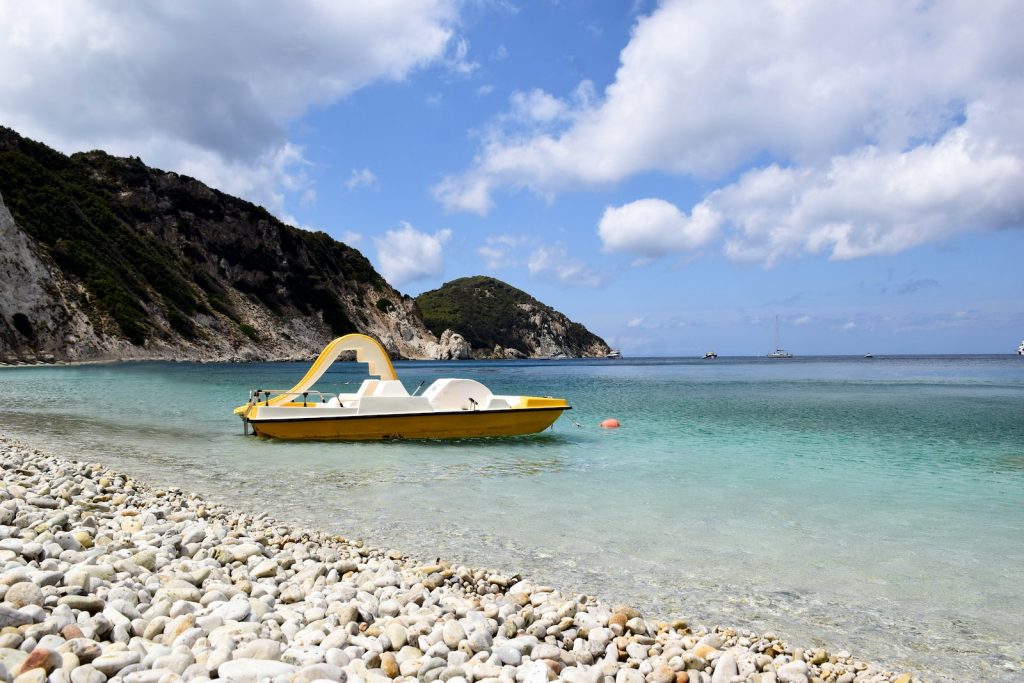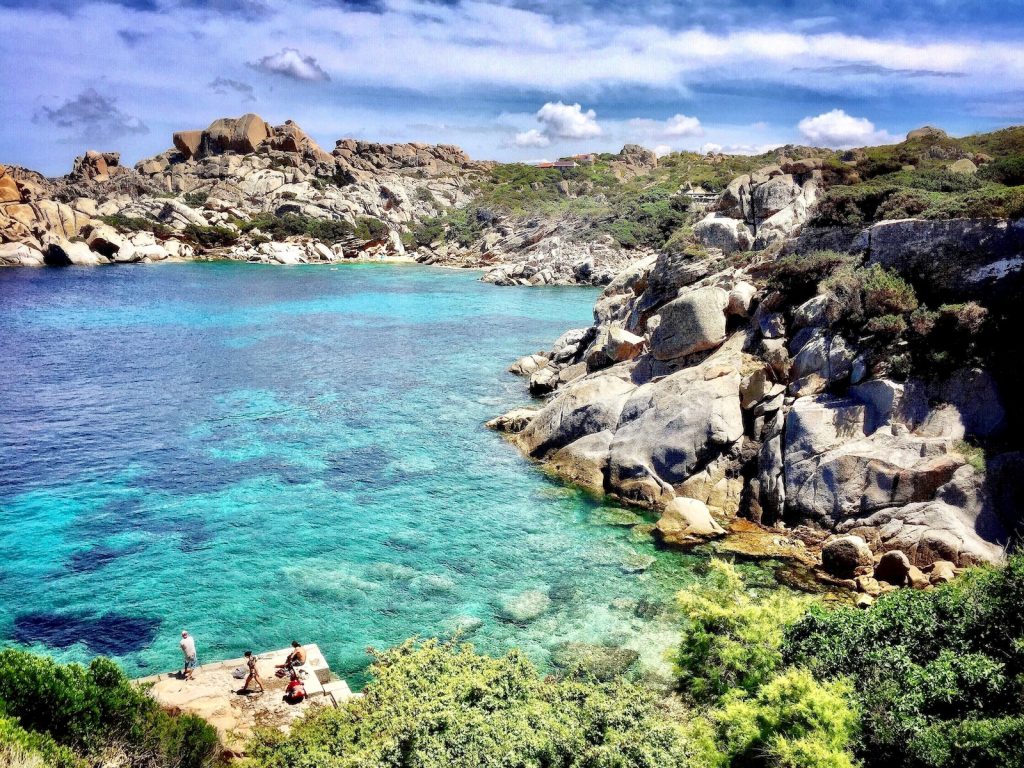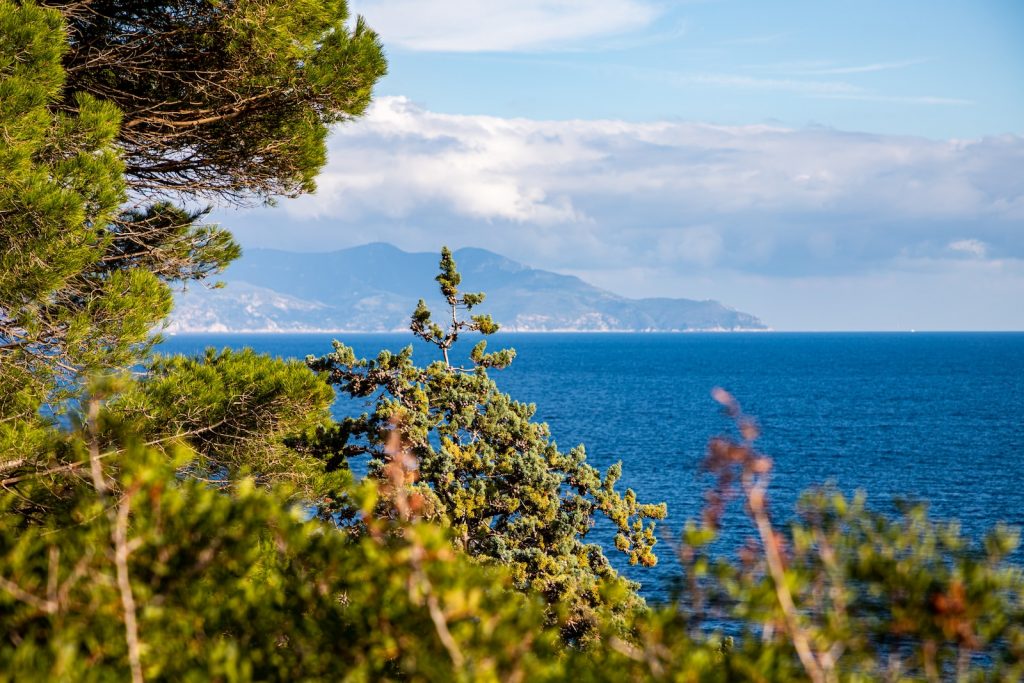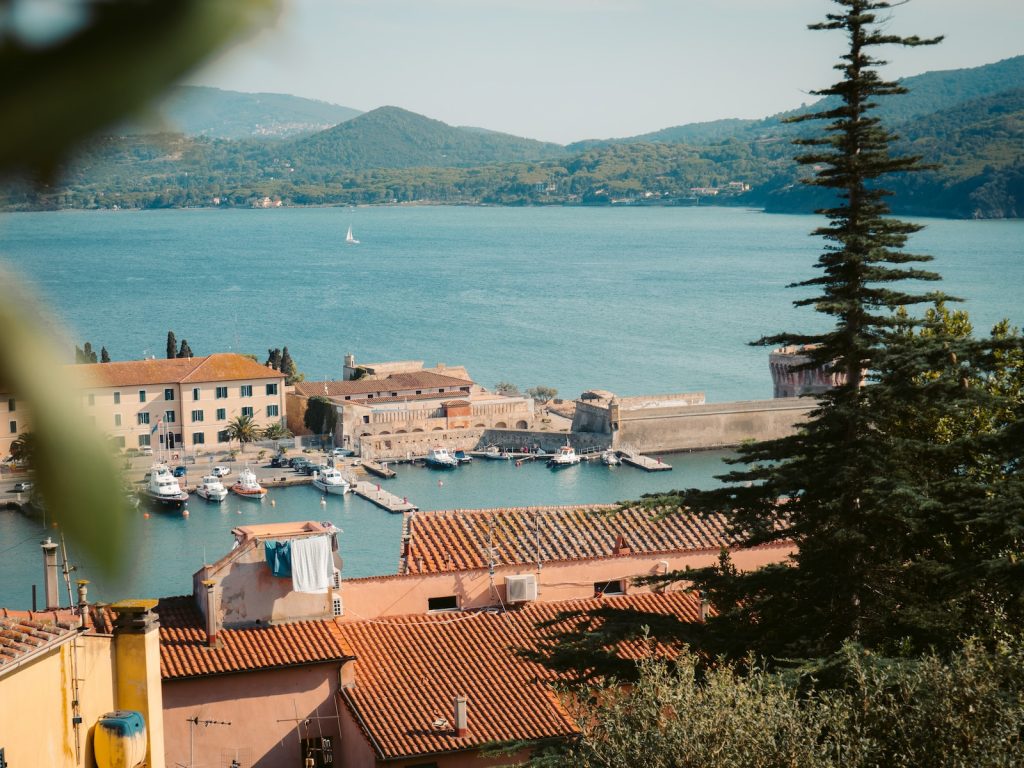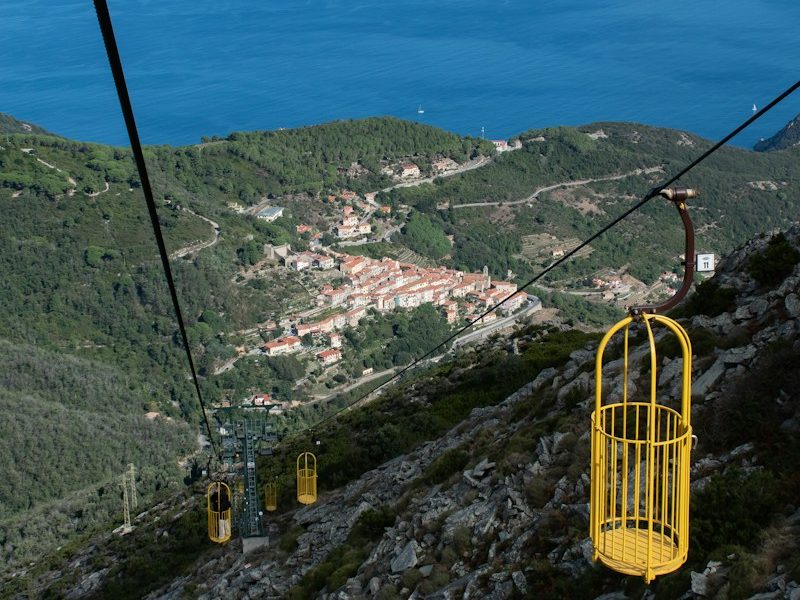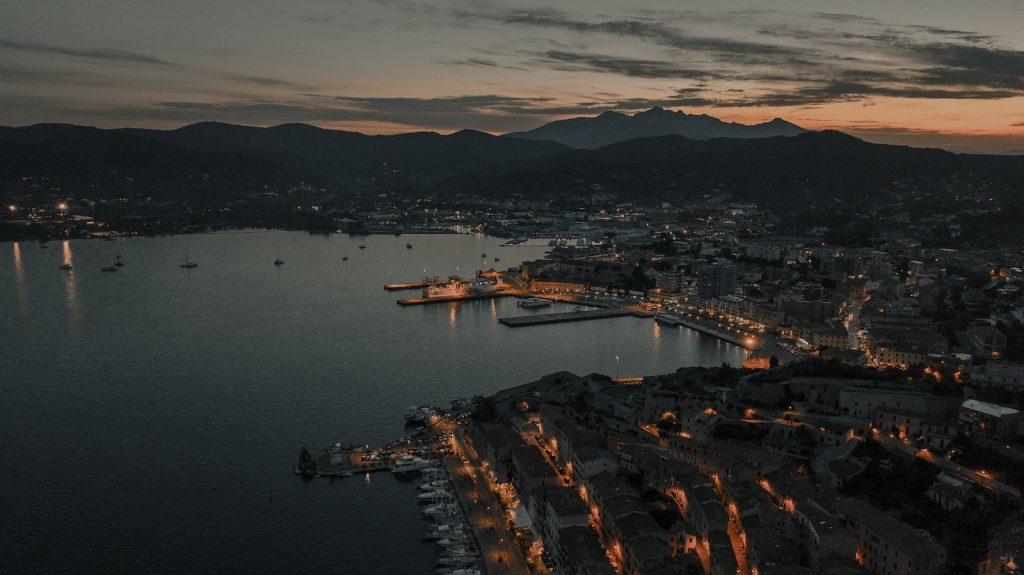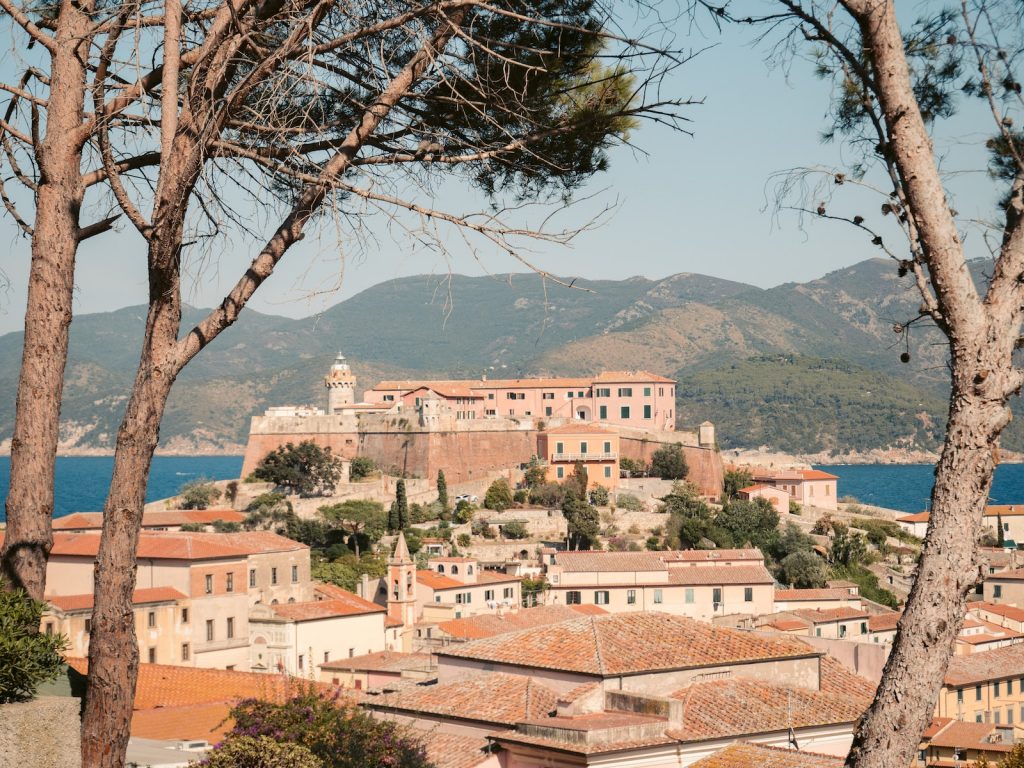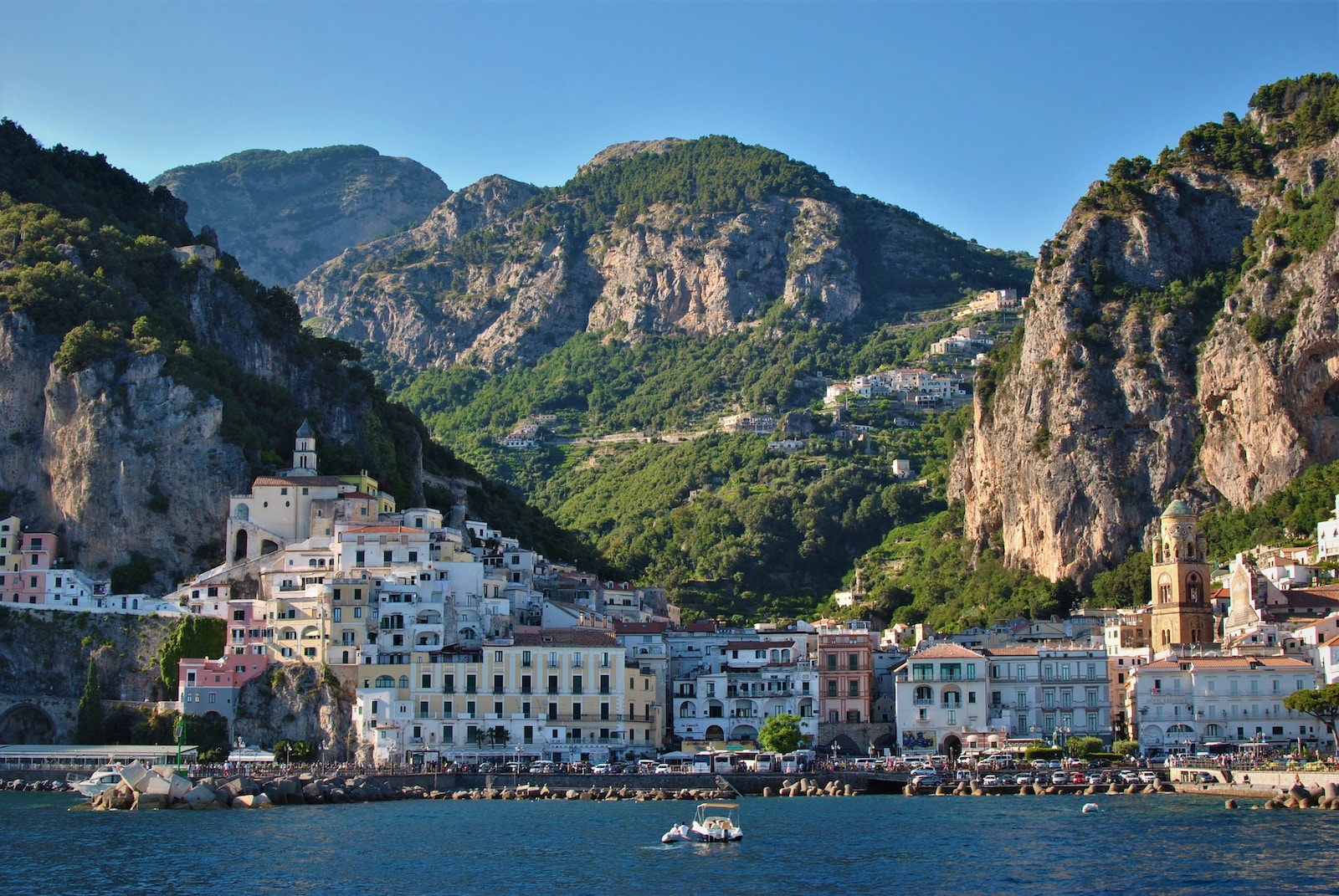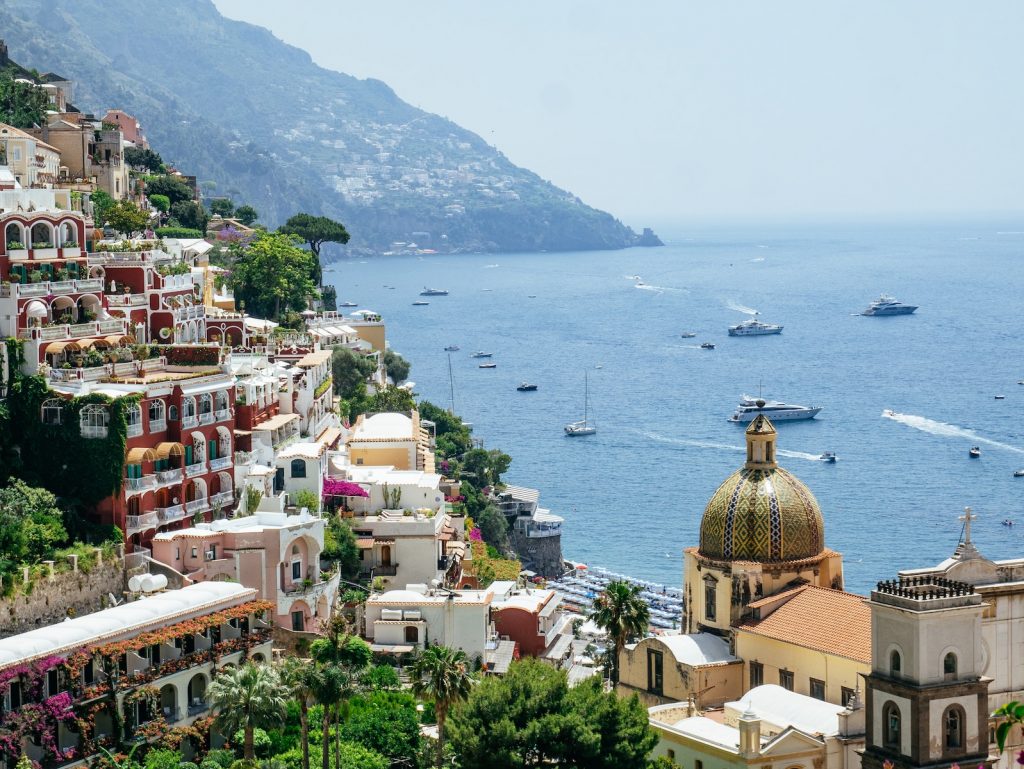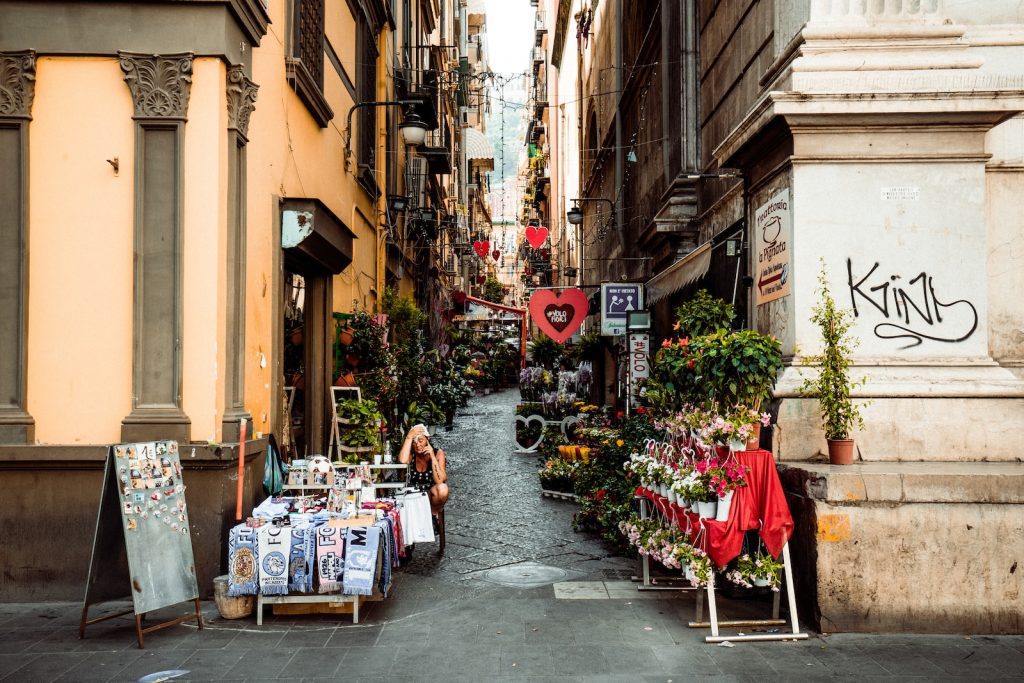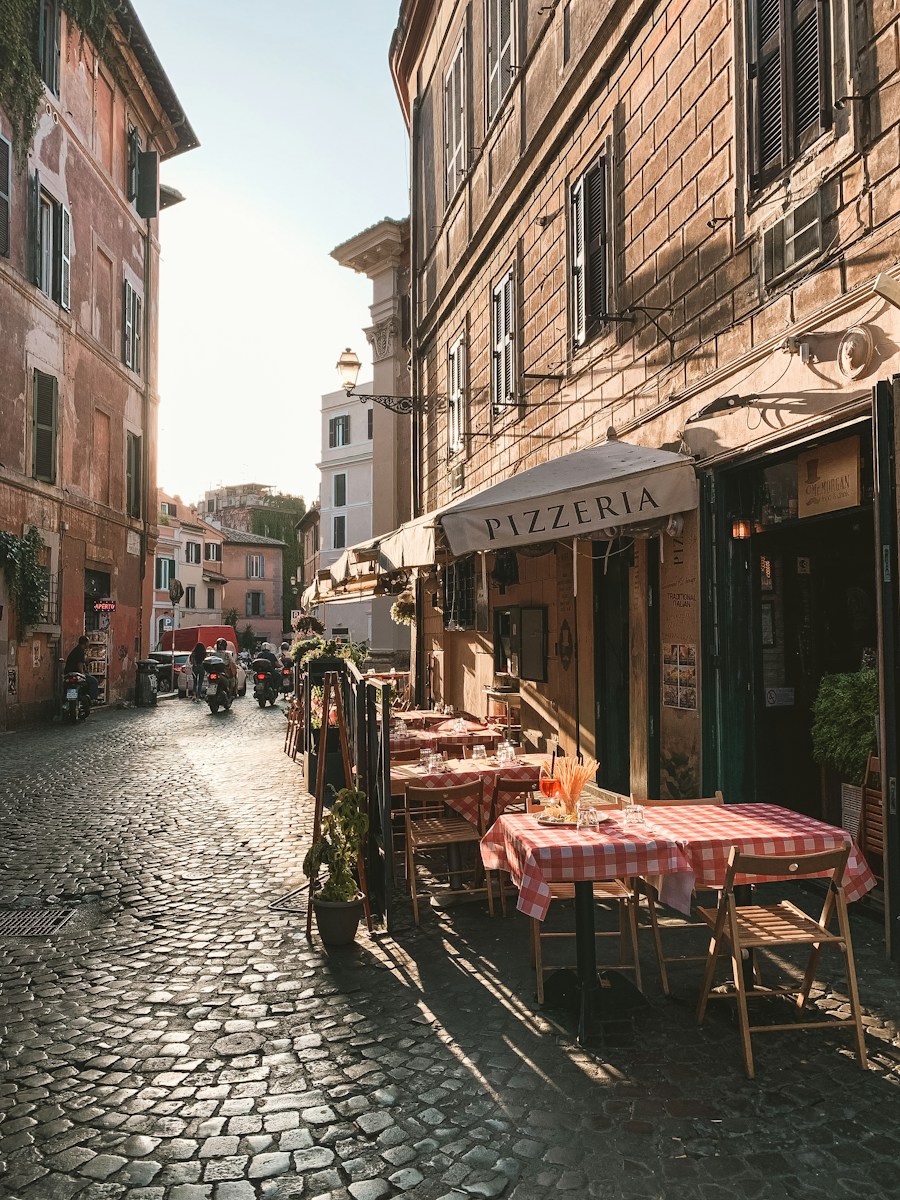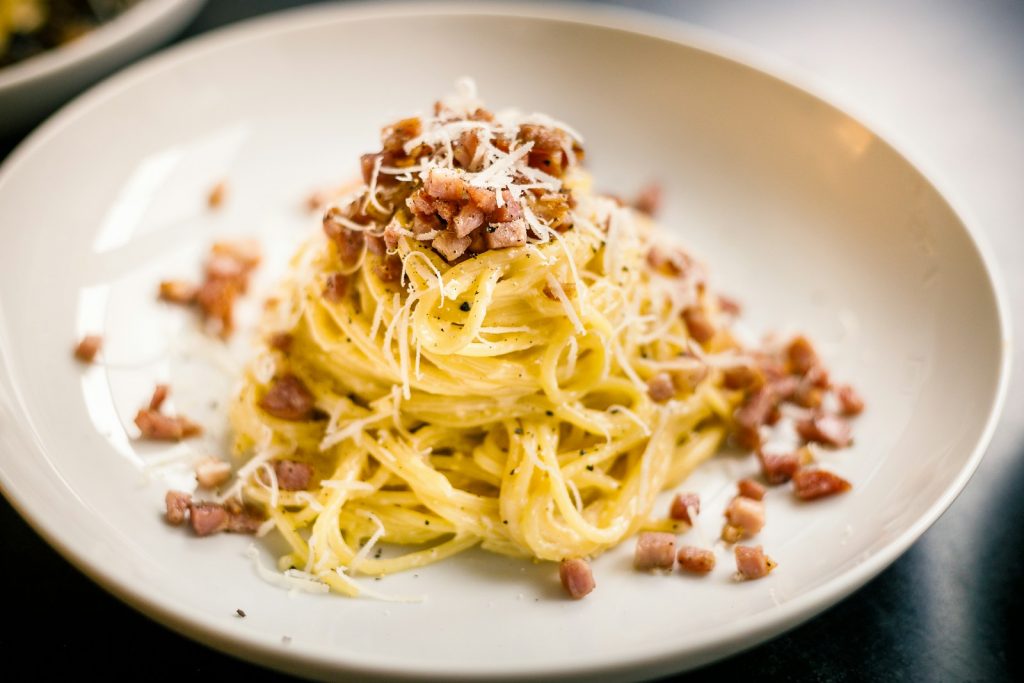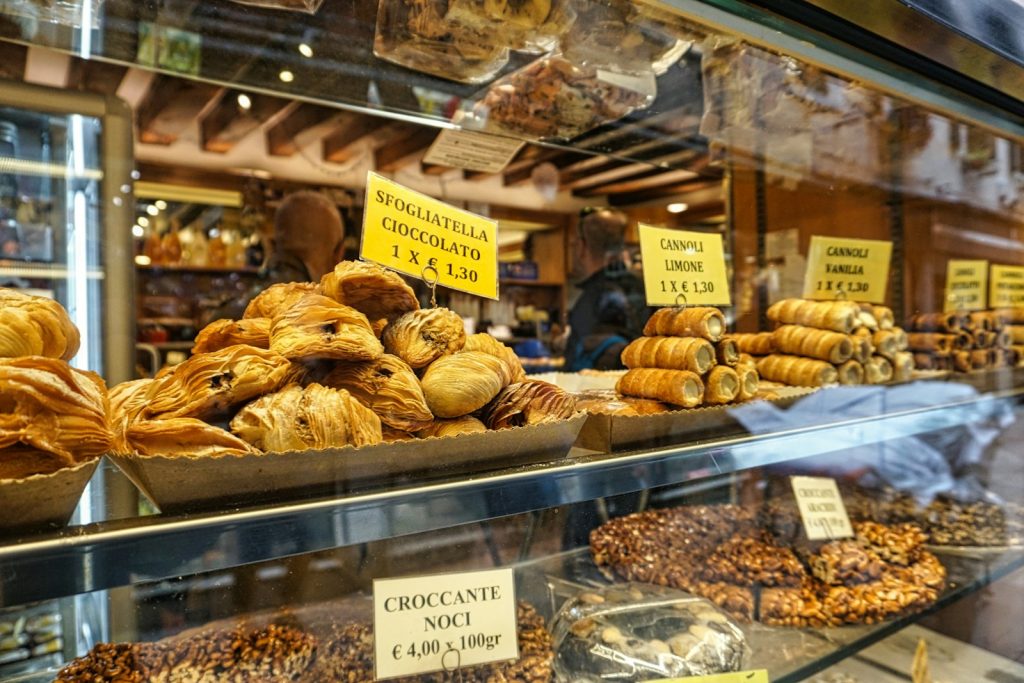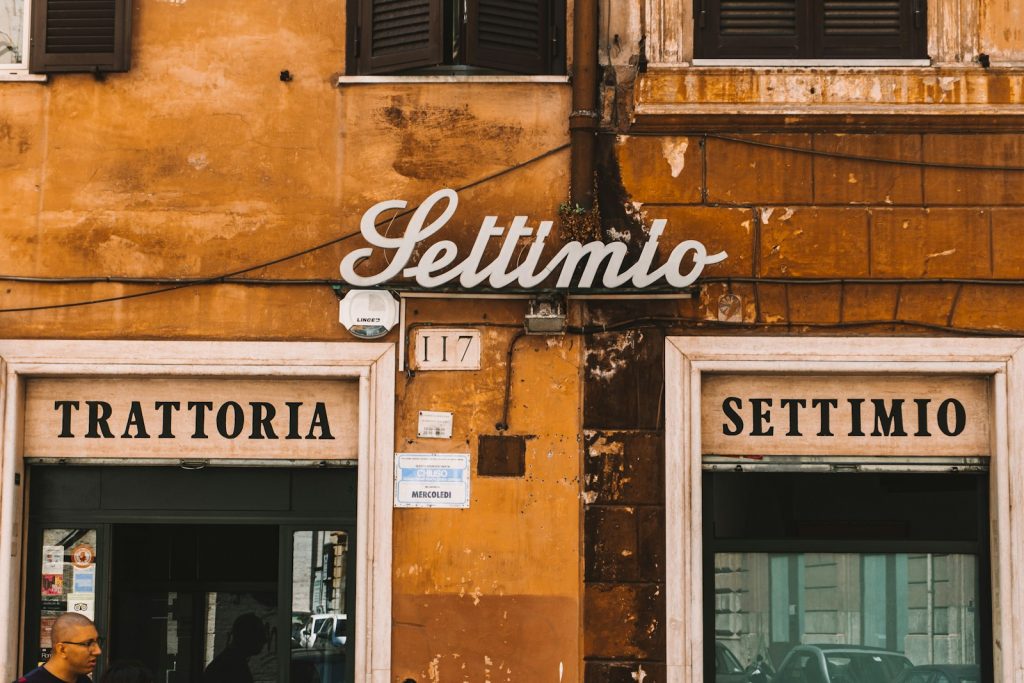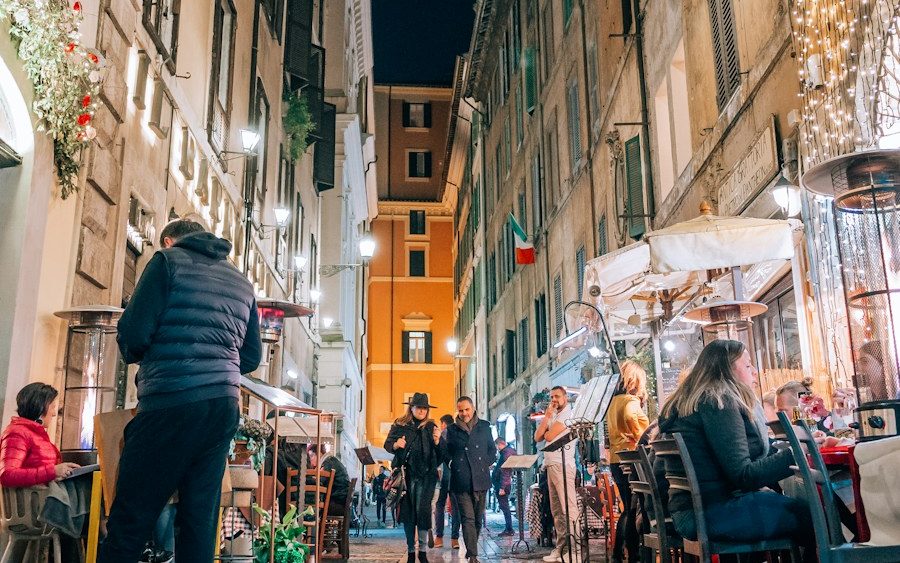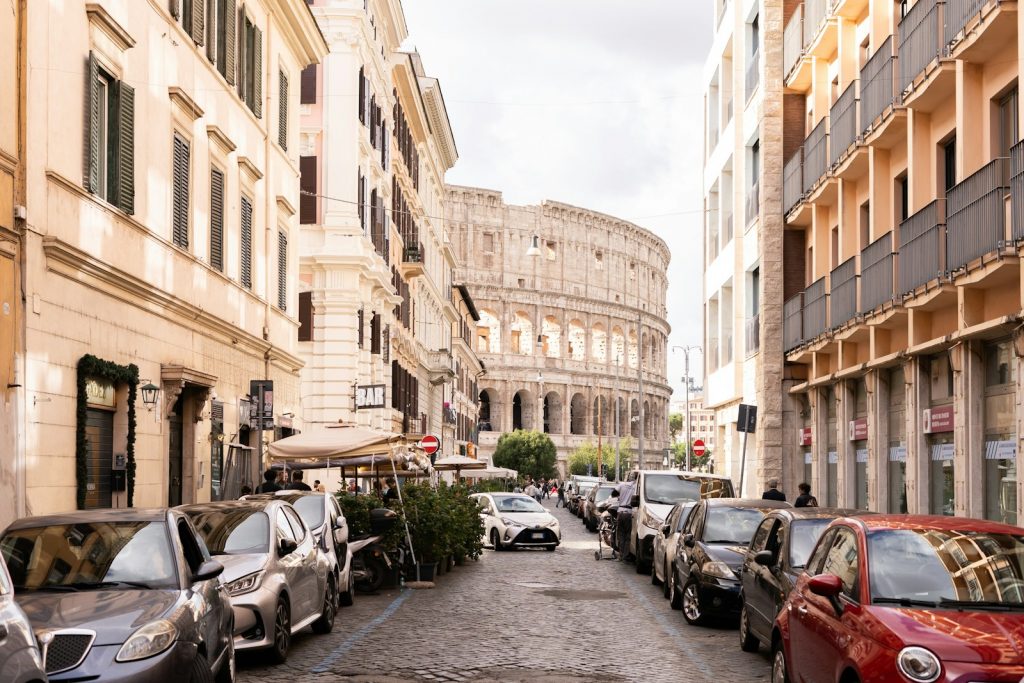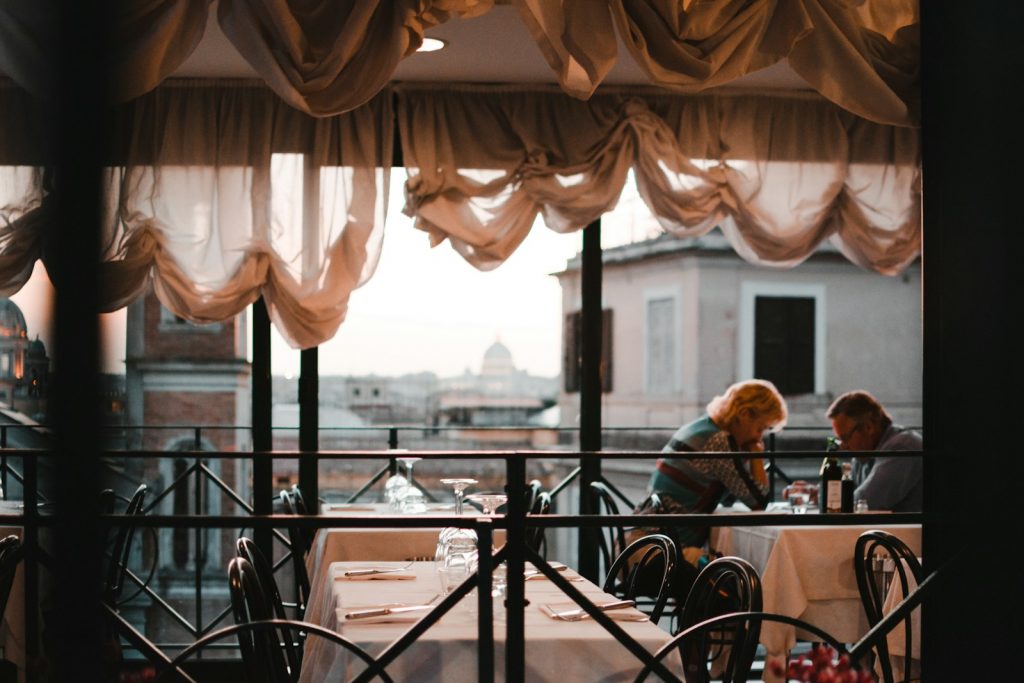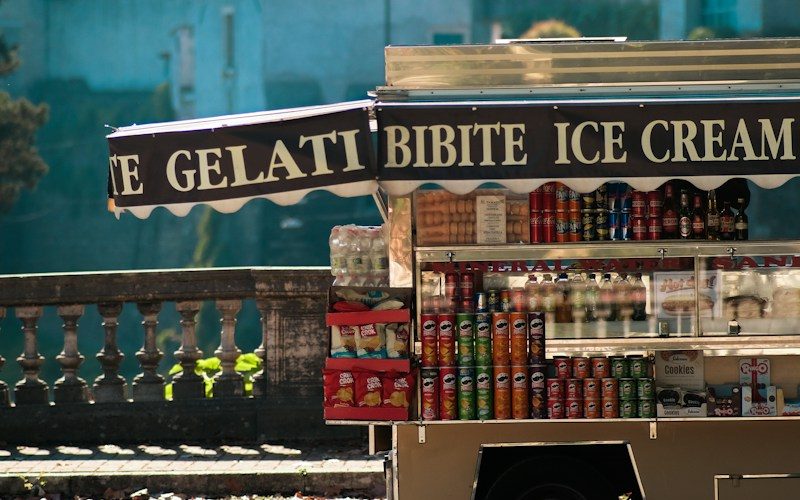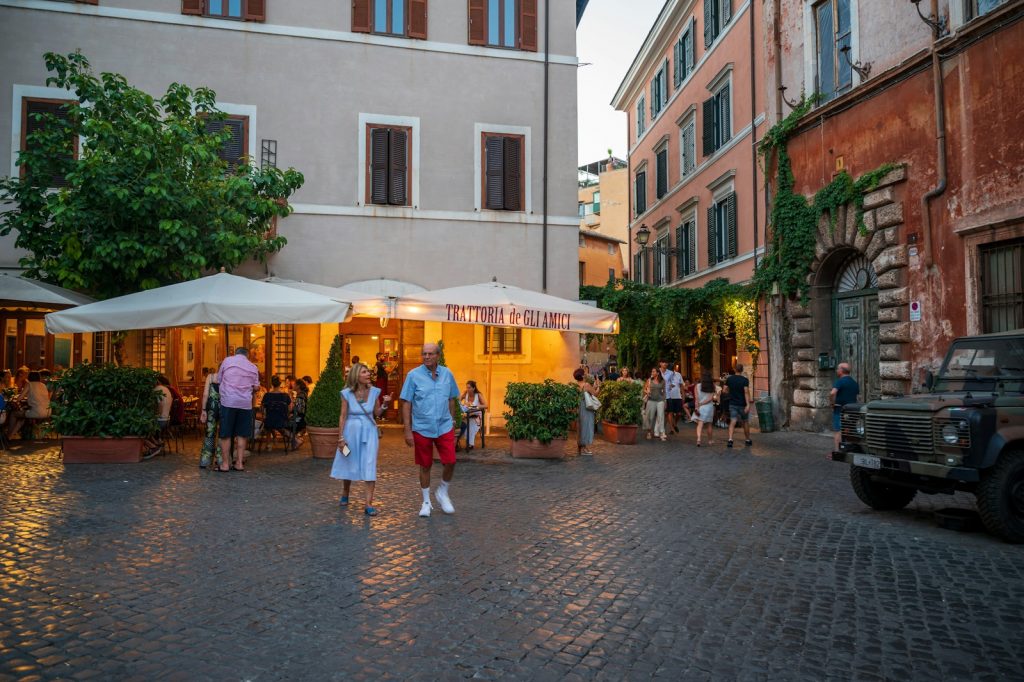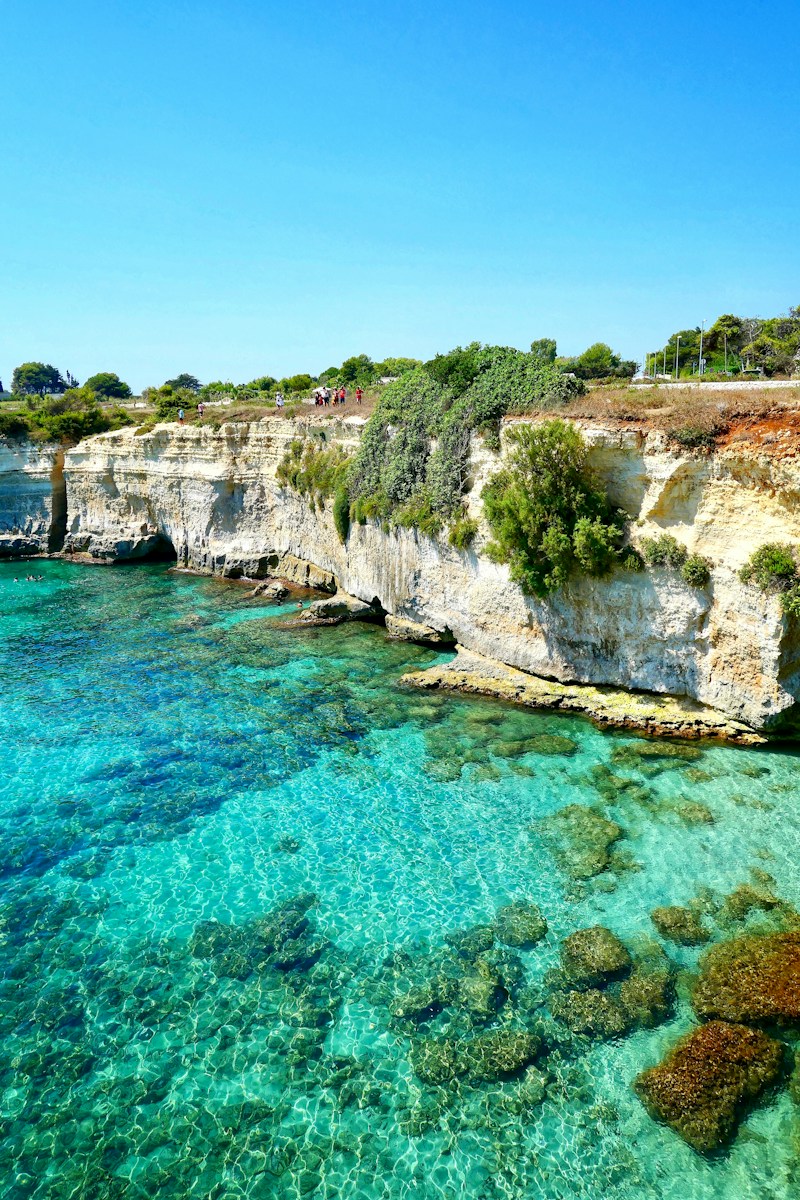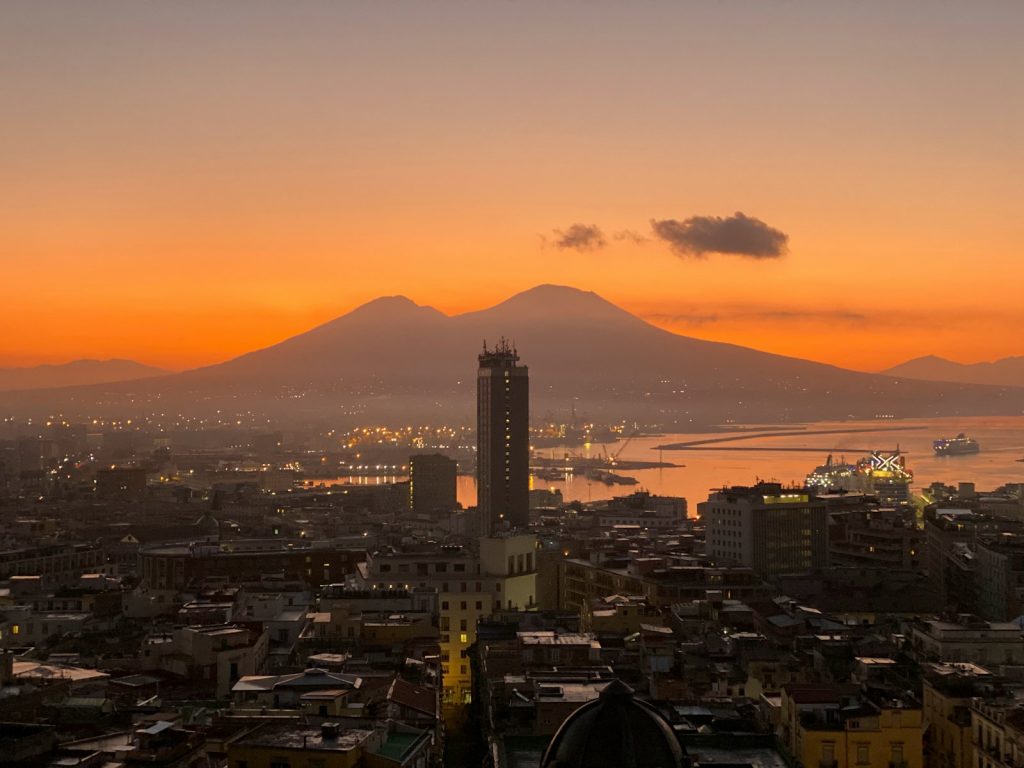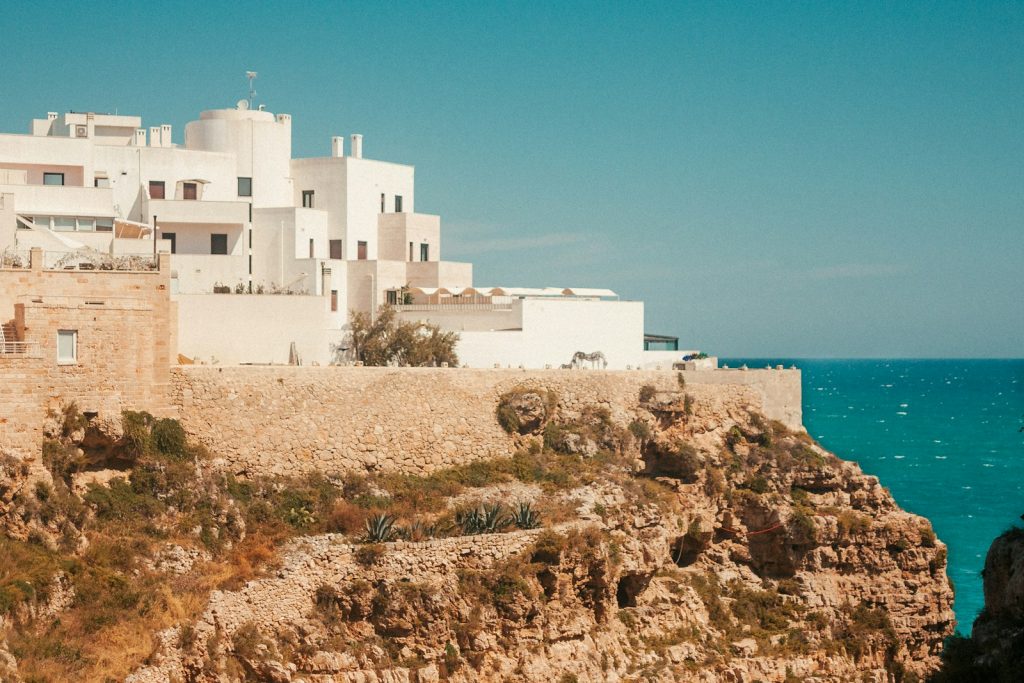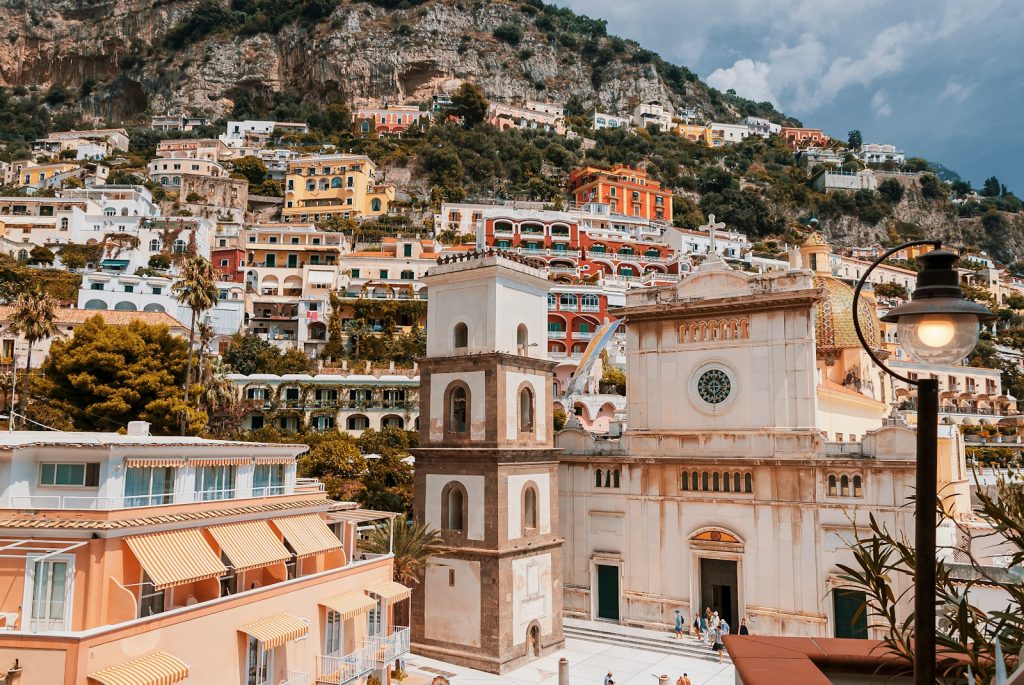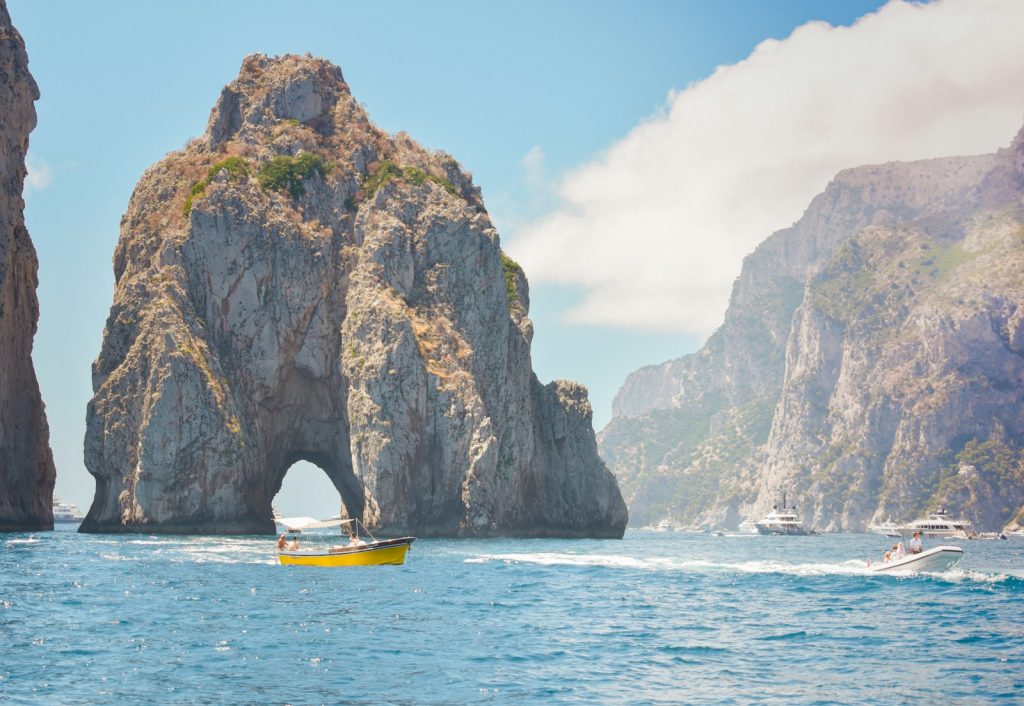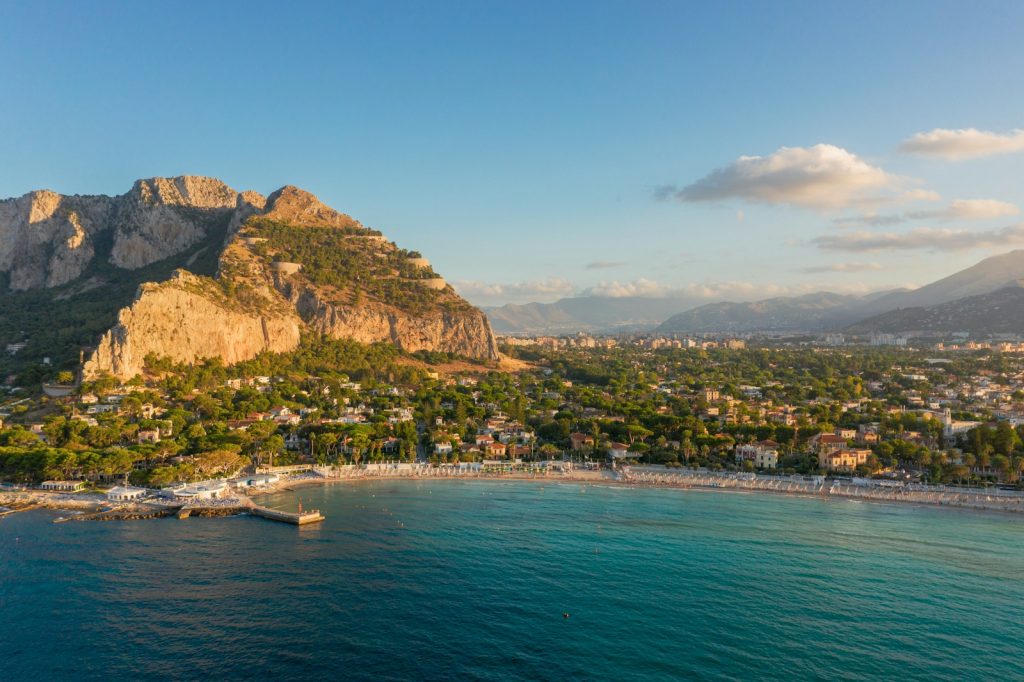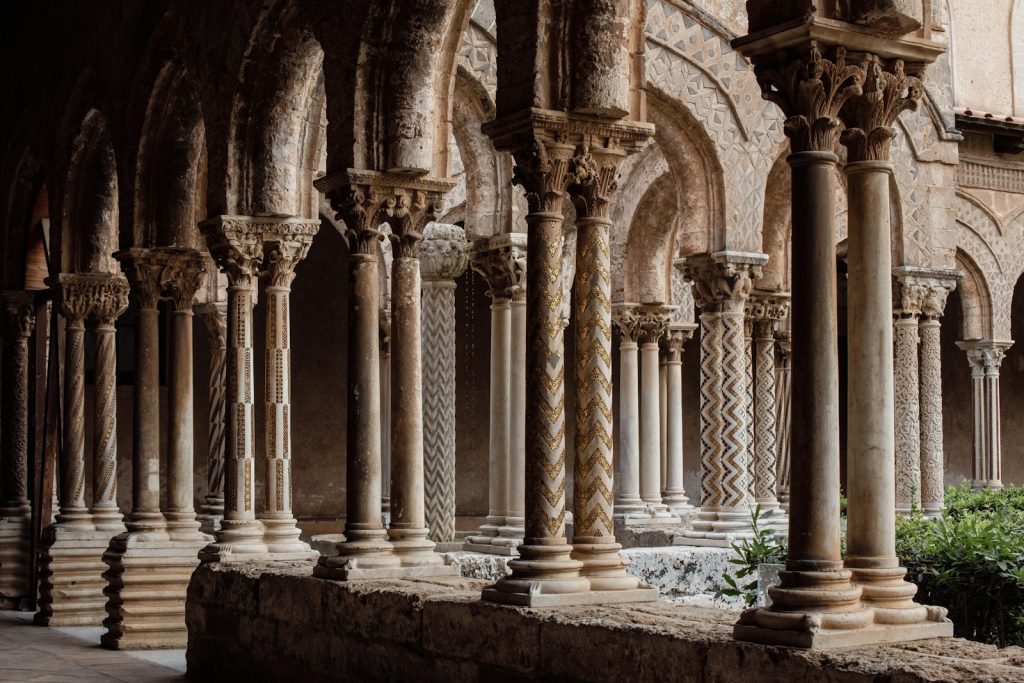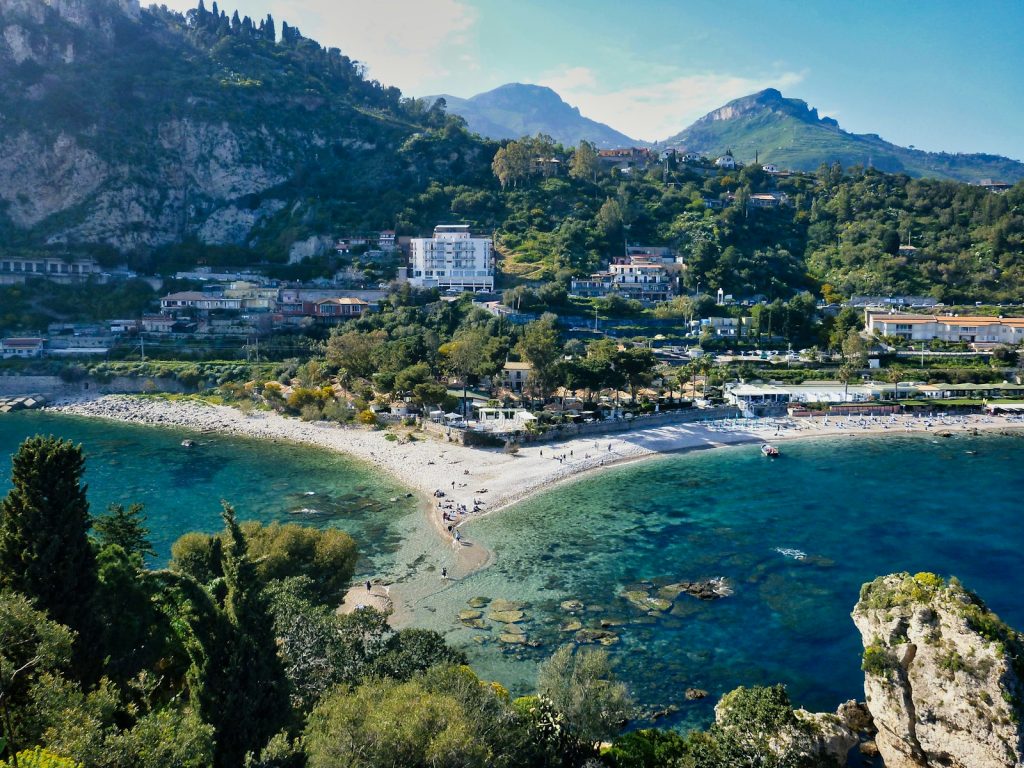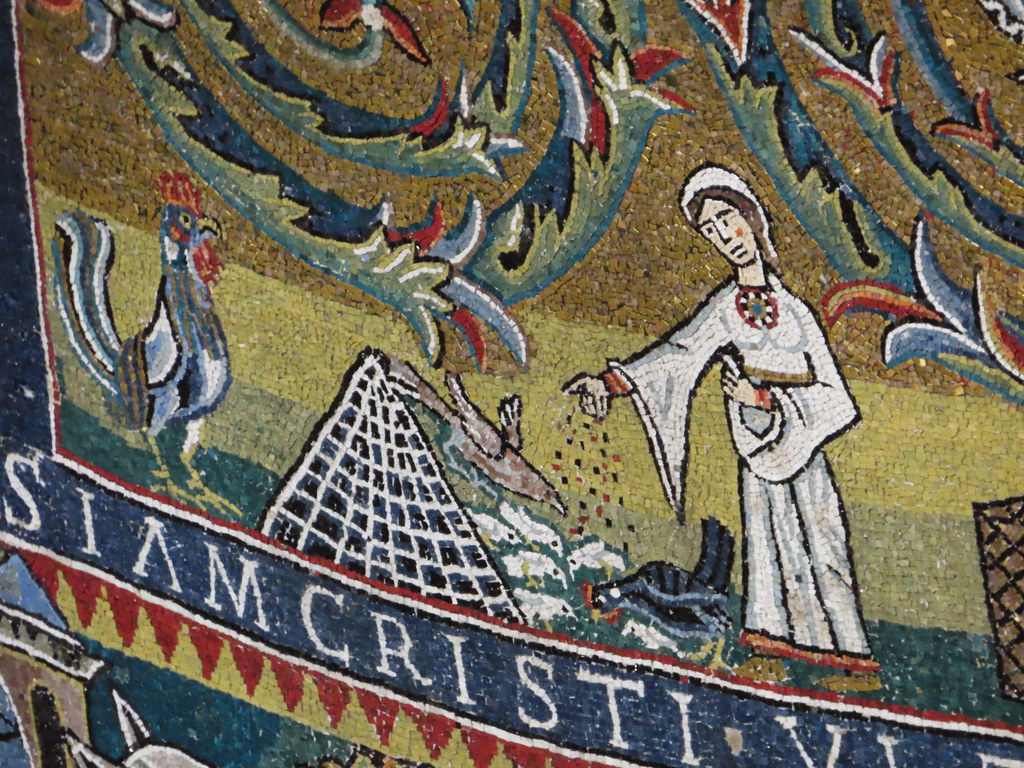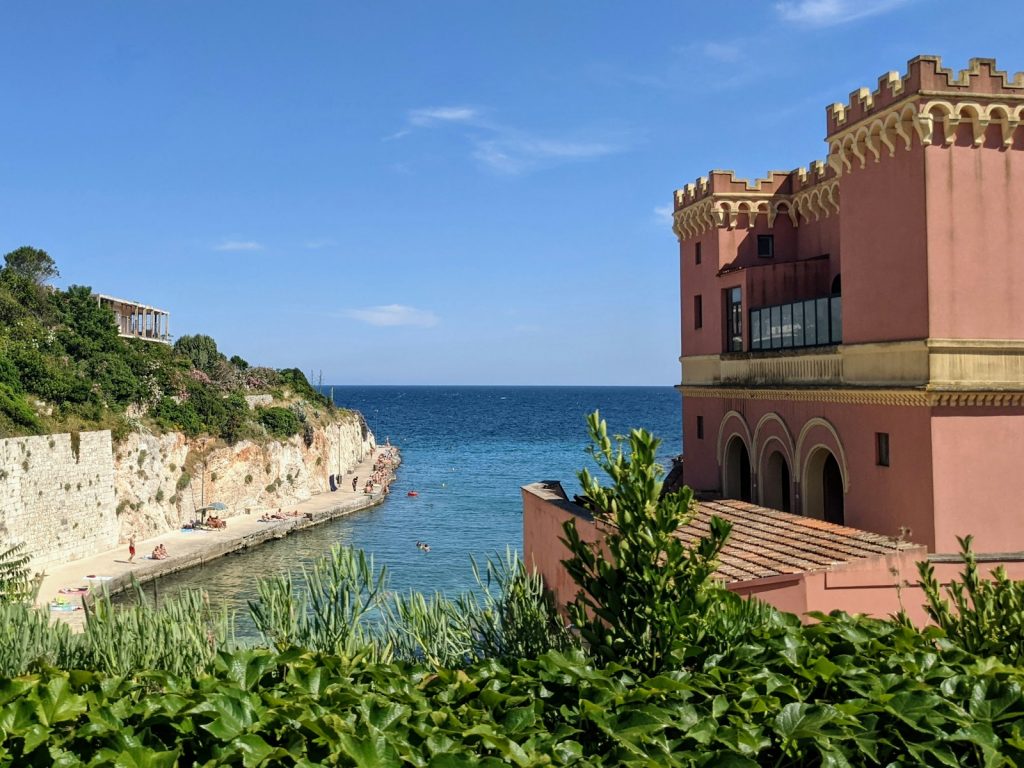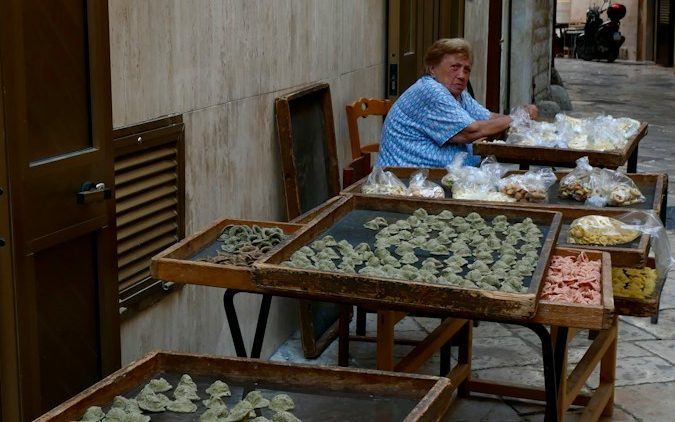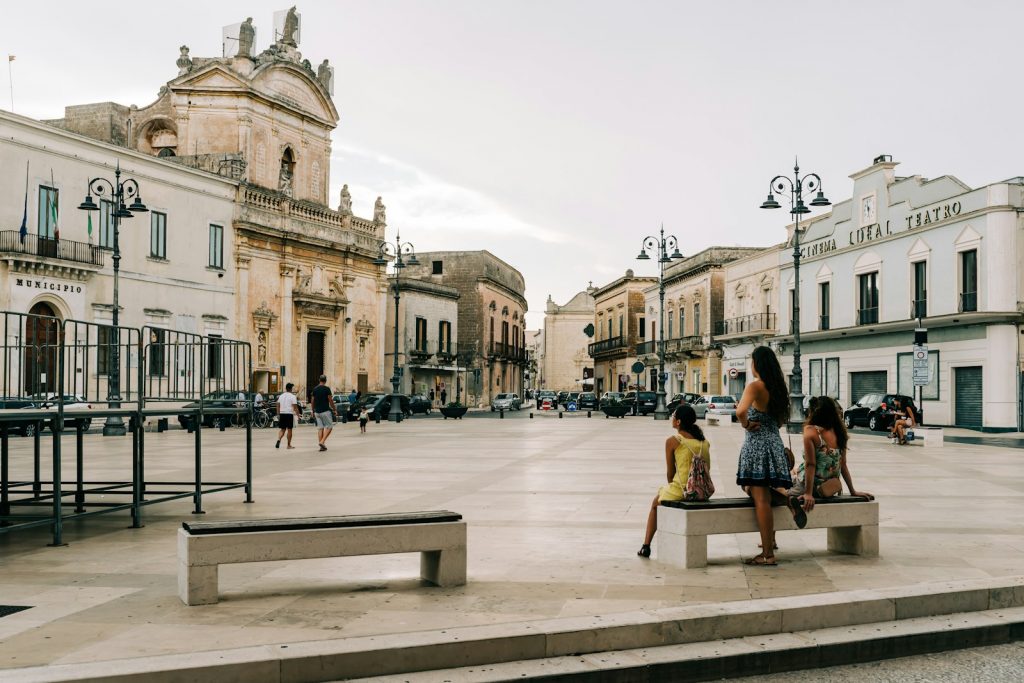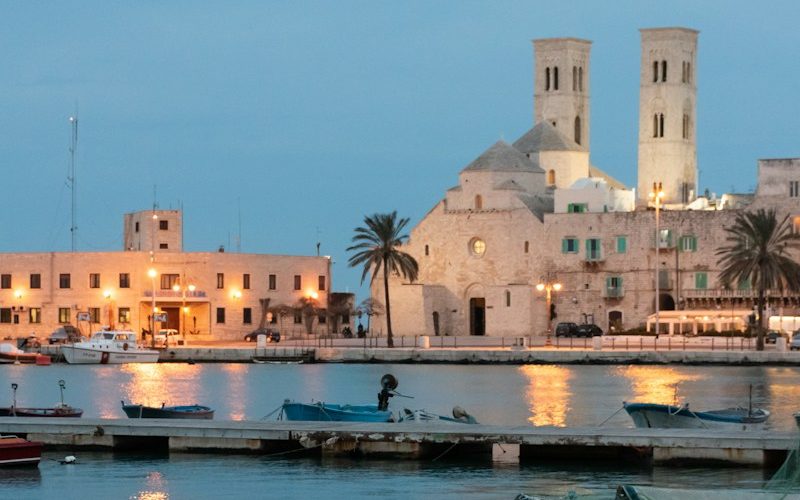Italy is a country rich in history, culture, art, and cuisine. During the Christmas season, the charm and beauty of Italy’s cities are amplified as they come alive with festive decorations, events, and traditions. There is no better place to spend the most wonderful time of the year than in Italy. As an experienced travel agent specializing in Italian holidays, I highly recommend Italy as a top choice for Christmas travel.
The three cities that should be at the top of your list are Rome, Florence, and Venice. Each one offers its own unique Italian Christmas experience. In this article, I will provide an overview of what to expect in each destination along with suggestions on where to stay, what to eat, and how to fully immerse yourself in an authentic Italian Christmas.
Rome: The Eternal City at Christmas

As the capital of Italy, Rome has plenty to offer visitors year-round. During the Christmas season the city takes on an even more magical atmosphere. The streets and piazzas are decked out in twinkling lights, Christmas trees dot the cityscape, and Nativity scenes and markets spring up across Rome’s rioni (neighborhoods).
The Christmas lighting ceremony at the Roman Forum and Imperial Forums is a must-see. On December 8th, over 100,000 LED lights illuminate the ancient ruins in a stunning display. The lights remain up until January 6th, so you have plenty of time to see them.
Midnight Mass at St. Peter’s Basilica in Vatican City on Christmas Eve is another famous Roman tradition. Arrive early to get a seat at this memorable service led by the Pope.
On Christmas Day, head to Piazza Navona for a festive daytime stroll. The oval square will be bustling with families and performers surrounded by Baroque architecture and fountains. The Christmas market here is also a great spot to shop for handmade souvenirs and sample street food treats like roasted chestnuts.
No Roman Christmas is complete without a visit to the Piazza di Spagna to see the Spanish Steps decorated with poinsettias. While you’re there, check out the Christmas market at Piazza del Popolo.
Where to Stay
For luxurious accommodations in Rome, look no further than the Hassler Roma hotel. Situated atop the Spanish Steps, this 5-star property has gorgeously appointed rooms and suites with views of the city. Unwind after a day of sightseeing at the world-class spa or enjoy an Aperol spritz at the elegant Imago restaurant and bar.

If you prefer an intimate boutique stay, check out DOM Hotel. Located near the Pantheon, DOM has an rooftop terrace overlooking Via Giustiniani’s restaurants and bars. The cozy yet stylish rooms provide a tranquil escape in the lively center of Rome.
What to Eat
In Rome, Christmas dinner is a feast of epic proportions. Seafood features heavily on the menu, including dishes like baked eel, fried cod, and spaghetti with clams. Other Roman Christmas specialties include capitone (fried eel), abbacchio (roasted lamb), and puntarelle (chicory stems served in an anchovy dressing).
For the best seafood in Rome, book a table at Pierluigi. This institution has been serving impeccably fresh fish and seafood since 1949. Order the spaghetti alle vongole and grilled branzino.

Flavio al Velavevodetto is a historic Roman trattoria specializing in authentic cucina Romana. Try their signature Roman-style meatballs in tomato sauce and tender oxtail stew. Don’t miss the homemade tiramisu for dessert.
Florence: Tuscan Traditions in an Artistic Setting

With its treasure trove of Renaissance art and architecture, Florence immerses visitors in the beauty of centuries past. During the Christmas period, time-honored Tuscan traditions add to the city’s already abundant charm.
Twinkling lights draped across the Ponte Vecchio bridge make it even more picture perfect as you stroll across the Arno River. The nearby Piazza Santa Croce dazzles with a towering Christmas tree and one of Florence’s largest Christmas markets.
One yuletide custom unique to Florence is the Panforte Christmas Market held within the 11th-century Basilica of Santa Croce. Local artisans sell this traditional dense Tuscan fruitcake along with other Christmas sweets, handcrafted gifts, and mulled wine.
Attend midnight mass at the magnificent Florence Cathedral, known as the Duomo, on Christmas Eve. Hearing the choir’s ethereal notes resonate throughout the Renaissance dome is an unforgettable experience.
On Christmas Day, join the locals for a traditional Tuscan lunch at a neighborhood trattoria. Dine on rustic dishes like ribollita soup, gnocchi in wild boar ragu, and roasted Florence steak served with beans and olive oil.
Where to Stay
For proximity to Florence’s top sites and luxurious accommodations, the Helvetia & Bristol Firenze is one of the city’s finest hotels. Guest rooms are decorated in a sophisticated contemporary style with marble bathrooms. Unwind at the spa, sip cocktails on the rooftop terrace, or dine at the Michelin-starred Winter Garden by Caino restaurant.

Those seeking a more intimate boutique hotel should consider Hotel Savoy. This elegant property on Piazza della Repubblica has an old-world charm with Oriental rugs and clawfoot tubs in the rooms. Start your day with the generous breakfast buffet spread.
What to Eat
Tuscan Christmas dinner is a hearty, rustic affair. Traditional dishes include crostini toscani – chicken liver pâté on toasted bread, ribollita (a thick, vegetable-based soup), and roast pork loin. Panforte, a dense fruitcake containing nuts and spices, is served for dessert along with vin santo wine.

For an authentic Tuscan Christmas meal, book a table at Osteria delle Belle Donne. They serve well-executed regional dishes in a cozy setting. Order the spinach and ricotta ravioli, Florentine steak with arugula salad, and panforte with vin santo to finish.
Near the Duomo, Acqua al 2 prides itself on reinventing classic Tuscan cuisine. Try their ribollita soup topped with cavolo nero pesto and delicate ravioli stuffed with pappa al pomodoro. Save room for the chocolate hazelnut panforte.
Venice: Romance on the Water at Christmas

What better place to spend a romantic Christmas vacation than in Venice, often called one of the most beautiful cities in the world. While spectacular any time of year, Venice is especially magical during the holidays.
As you meander the narrow, winding streets, Christmas lights reflect off the canals that crisscross the city. Historic churches and palazzos are illuminated at night, creating a fairy tale atmosphere. The Rialto Bridge provides one of the best vantage points to take in the glittering cityscape.
On December 7th, the Feast of the Immaculate Conception is celebrated with a waterborne procession of boats carrying a statue of the Virgin Mary from San Pietro di Castello to St. Mark’s Basin.
Attend Christmas Eve midnight mass at the remarkable St. Mark’s Basilica, built in a Byzantine architectural style with glittering mosaics covering the walls and domes.
Locals celebrate Christmas Day with a seafood feast. Dine like a Venetian on dishes like risotto with cuttlefish, sautéed squid ink pasta, and fried soft-shell crab. Complete the meal with pandoro, a sweet yeast bread sprinkled with powdered sugar.
Where to Stay
Located on the Grand Canal, the Gritti Palace embodies Venetian luxury and romance. This historic hotel features individually decorated rooms and suites outfitted with Rubelli fabrics, Murano glass chandeliers, and marble baths. Enjoy spectacular canal views while dining at Club del Doge restaurant.
For a more modern yet still luxurious option, check into the Belmond Hotel Cipriani situated on Giudecca Island. Take a complimentary boat to St. Mark’s Square, unwind at the tranquil spa, or relax by the Olympic-sized pool.
What to Eat
For Christmas dinner, Venetians tuck into a lavish seafood feast featuring dishes like risotto with cuttlefish or shrimp, linguine with clams or crab, fried soft-shell crabs, and delicate baked sea bass. Traditional panettone, a sweet yeast bread studded with raisins and candied fruit, is served for dessert along with spiced wine.

For some of the freshest seafood in Venice, book a table at Al Covo. This family-run trattoria excels at Venetian cuisine with dishes like seafood risotto, linguine with scallops, and fried moeche (soft shell crabs).
Near the Rialto Bridge, Osteria Al Pesador serves exquisitely prepared Venetian specialties. Highlights include their cuttlefish ink risotto, grilled seafood platters, and warm chocolate hazelnut cake. Soak up the romantic atmosphere on their canal-front patio.
Conclusion
As you can see, Italy is a magical destination for Christmas travel. Rome, Florence, and Venice each offer their own unique yuletide traditions, festive ambiance, and holiday culinary delights. Treat yourself to luxurious accommodations, savor delicious Italian food, and create unforgettable holiday memories. I hope I’ve inspired you to explore everything a Christmas vacation in Italy has to offer. Please don’t hesitate to reach out if you would like help planning your dream Italian Christmas getaway. I wish you safe and happy travels this holiday season!

References
- https://www.italymagazine.com/featured-story/christmas-traditions-italy
- https://www.dreamofitaly.com/blog/traditions/italian-christmas-traditions
- https://www.walksinsiderome.com/blog/how-christmas-is-celebrated-in-rome
- https://www.italiantourism.com/florence-in-christmas-time
- https://www.venetoinside.com/hidden-treasures/post/christmas-in-venice-traditions-and-events
- https://www.cntraveler.com/gallery/beautiful-italian-hotels-to-visit-at-christmas
- https://www.fodors.com/world/europe/italy/experiences/news/photos/12-must-eat-dishes-for-christmas-in-italy
